A gallery tour across the city
Tour 2: Charim – Hilger – Nächst St. Stephan – Zeller van Almsick – Projektraum Viktor Bucher
A gallery tour with Maria Christine Holter.
Maria Christine Holter is art historian and curator for contemporary art in Vienna
www.mariaholter.at
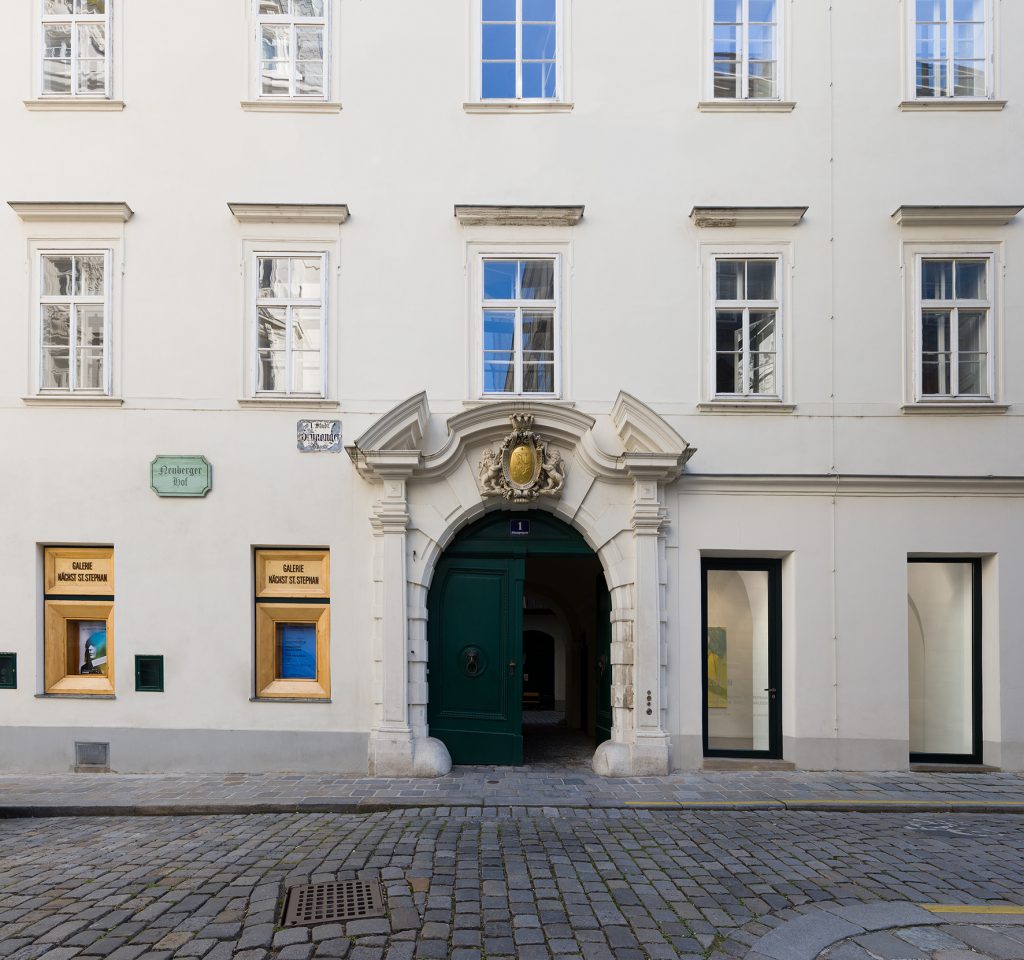
Courtesy Galerie nächst St. Stephan Rosemarie Schwarzwälder
On the second tour, we would like to introduce you to five galleries that are located on a spatial diagonal through Vienna’s inner city: We start in Dorotheergasse, lined with art and antique shops, and houses the Charim and Hilger galleries, then we visit Rosemarie Schwarzwälder and Cornelis van Almsick in their respective spaces in the 1st district, and finally Viktor Bucher in the project space in Praterstraße.
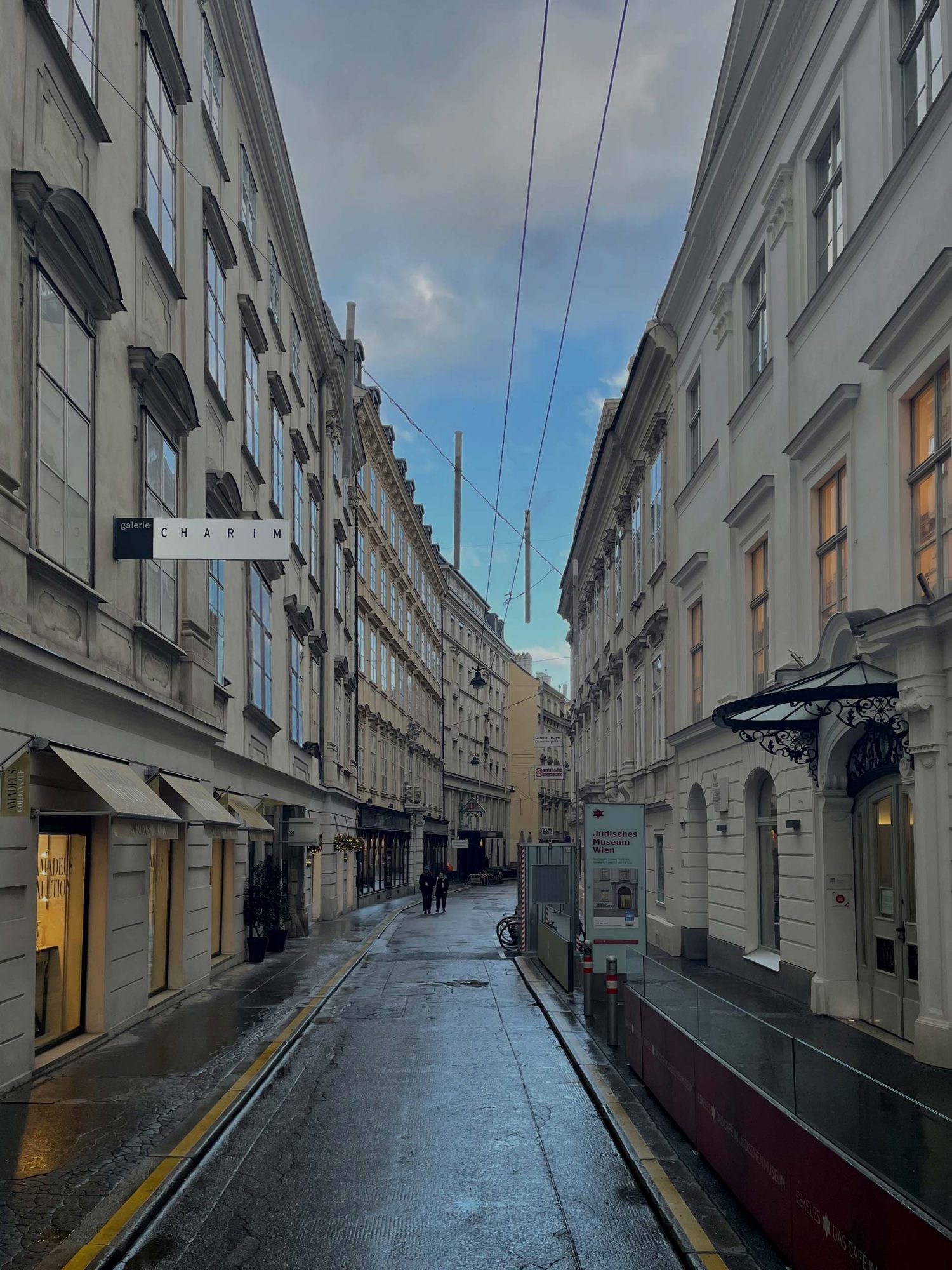
Galerie Charim view Dorotheergasse, photo: Martyn Reynolds
“For me, art is a concern that goes far beyond the creation of value in the market economy. Art is a social production.” This agenda, passionately advocated by Miryam Charim, becomes transparent from the gallery’s history and is still perceptible in the artistic positions currently presented: founded in 1997 as “Charim Klocker” by Miryam Charim and Hubert Klocker and run by Charim under her name since 2001, the gallery focuses on art-immanent and socio-political issues. In addition to rich holdings of internationally influential works by Viennese Actionists and Austrian feminist avant-garde artists such as VALIE EXPORT, the gallery’s programme also includes Lisl Ponger, Heidi Harsieber, Ingrid Wiener and Eva Beresin. The gallery also scores with artists of the middle and younger generations from the fields of new media, photography, object art and performative practices, such as Dorit Magreiter, Markus Krottendorfer, Dorothee Golz, Edgar Honetschläger, Anna Jermolaewa and Roberta Lima.
Miryam Charim talks about her commitment to “her” artists: “I used to go to up to ten fairs a year. Now I have reduced the cost- and time-intensive participation in fairs to four or five a year, and at the moment everything is at a standstill due to the pandemic. But we can’t do without international positioning, because Vienna is far too small of a market. Therefore, we are expanding our digital and local presence. As a field of experimentation for emerging artists, CHARIM has had premises at its disposal in the highly frequented Schleifmühlviertel district since 2012 with CHARIM Schleifmühlgasse, and since 2020 also a place for residencies, the CHARIM Factory, in the Brotfabrik Wien in Favoriten.
In the main gallery at Dorotheergasse 12, Palais Gatterburg, on the other hand, humanist-enlightenment tradition and the present are combined in the most stimulating way: The three-storey baroque building, on the first floor of which CHARIM is rented, once housed the Masonic Lodge “Zur wahren Eintracht”, to which Wolfgang Amadeus Mozart and Angelo Soliman are also said to have been affiliated, and later, until its move to Rauhensteingasse in 1985, the Grand Lodge of Vienna and Austria. Four stucco medallions on the ceiling of one of today’s showrooms are adorned with the personifications of the cardinal virtues: Justice, Temperance, Valour and Wisdom – a historically grown mission for the Galerie programme, which has now been continuously developed for 30 years.
charimgalerie.at
1010, Dorotheergasse 12/1
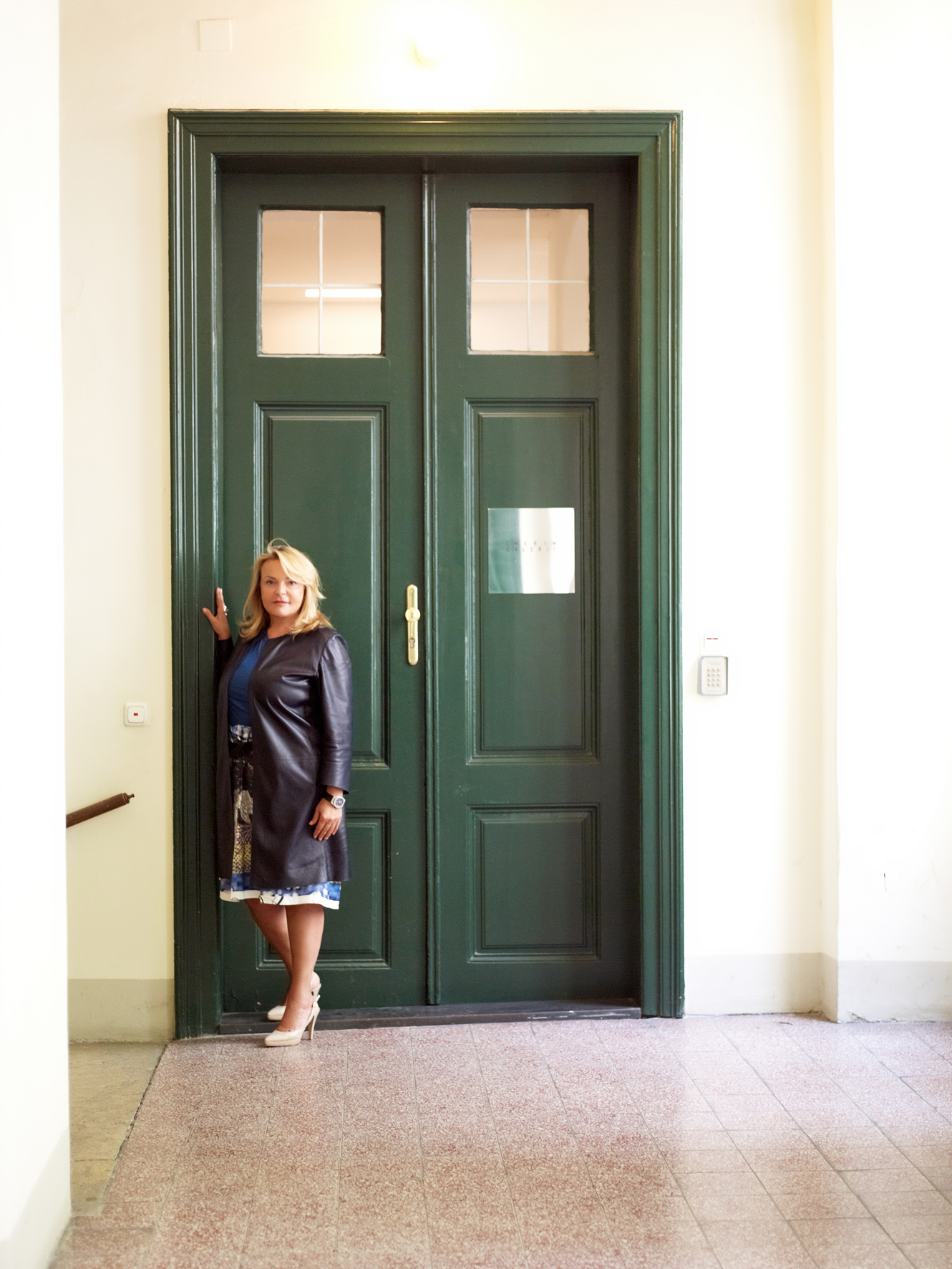
Miryam Charim, Photo: Peter M. Mayr
Leaving the CHARIM Gallery, another institution of Viennese art and cultural life catches the eye: on the right, the Dorotheum auction house, built in place of the Dorotheum Monastery, which gave its name to the building and was dissolved under Joseph II, opposite the Jewish Museum in the Eskeles Palace, and on the left, in the direction of the Graben, the traditional Doblinger music shop in the former Dietrichstein Palace. At No. 6 there is still the Café Hawelka, an artists’ meeting place made world-famous not least by the Georg Danzer song “Jö schau”. The first address among the intellectuals of the turn of the century was Dorotheergasse 3, the Grabenhotel: from 1913 to 1919 the home of Peter Altenberg, and for a time also of Franz Kafka and Max Brod. But now we turn to the neighbouring building of the hotel, the Art Nouveau building Dorotheergasse 5, built in 1914 by Otto Wagner students Emil Hoppe, Marcel Kammerer and Otto Schönthal, on the first floor of which the Galerie Ernst HILGER resides. “I started as a student of world trade with graphic editions by well-known Austrian artists for 360 shillings per print, which would be around 26 euros today. Some people have started their art collection with one of these prints.”
What Ernst Hilger, who has been a passionate gallery owner for 50 years, is referring to here is the “Student Edition”, which he launched in 1971 together with Peter Infeld and Peter Grebner and which made prints by renowned Austrian artists such as Alfred Hrdlicka, Arnulf Rainer, Karl Korab and the Fantastic Realists available to students at affordable prices. Ernst Hilger’s series of “firsts” continued in 1974 with the publication of the first Austrian art magazine, the “Galerienspiegel” (together with Paul Kruntorad).
This innovative and, at the same time, egalitarian attitude continues to characterise the informative gallery owner, even though his portfolio includes almost all the (also high-priced) classics of the national and international post-war avant-garde – from Alfred Hrdlicka, the recently deceased Hans Staudacher, Picasso, Dubuffet, Keith Haring, Andy Warhol and other street and pop art greats, as well as renowned and up-and-coming contemporary positions from Europe, the USA, Africa, Australia and the Arab and Asian regions.
In addition to the inner-city gallery, which was moved from Dorotheergasse 2 to No. 5 in 1978, Hilger was one of the first to recognise the potential of the former Ankerbrot factory halls in Favoriten for the presentation of contemporary art and, with Hilger NEXT, has been creating a forum for it there since 2009. Here (not only) young artists are presented in a unique ambience, often in collaboration with international curators. In addition, Ernst Hilger succeeded in fundamentally defining the important role of galleries as partners of museums, collectors and state representatives, but also as cooperation partners of companies.
Before we continue our gallery tour, let’s hear Ernst Hilger again: Hawelka or Bräunerhof? “I used to have breakfast at the Hawelka with Robert Hochner [ZiB2 presenter on ORF who died in 2001], but my café is actually the Bräunerhof. I spent a lot of time there with Hrdlicka, who argued with Thomas Bernhard almost every morning about the Frankfurter Allgemeine. I miss the Bräunerhof more during lock-down than all the restaurants in the city centre put together.” And: “Thinking of quitting after 50 years? But what makes you think that! I’ll keep going for another 20 years if I can.”
hilger.at
1010, Dorotheergasse 5
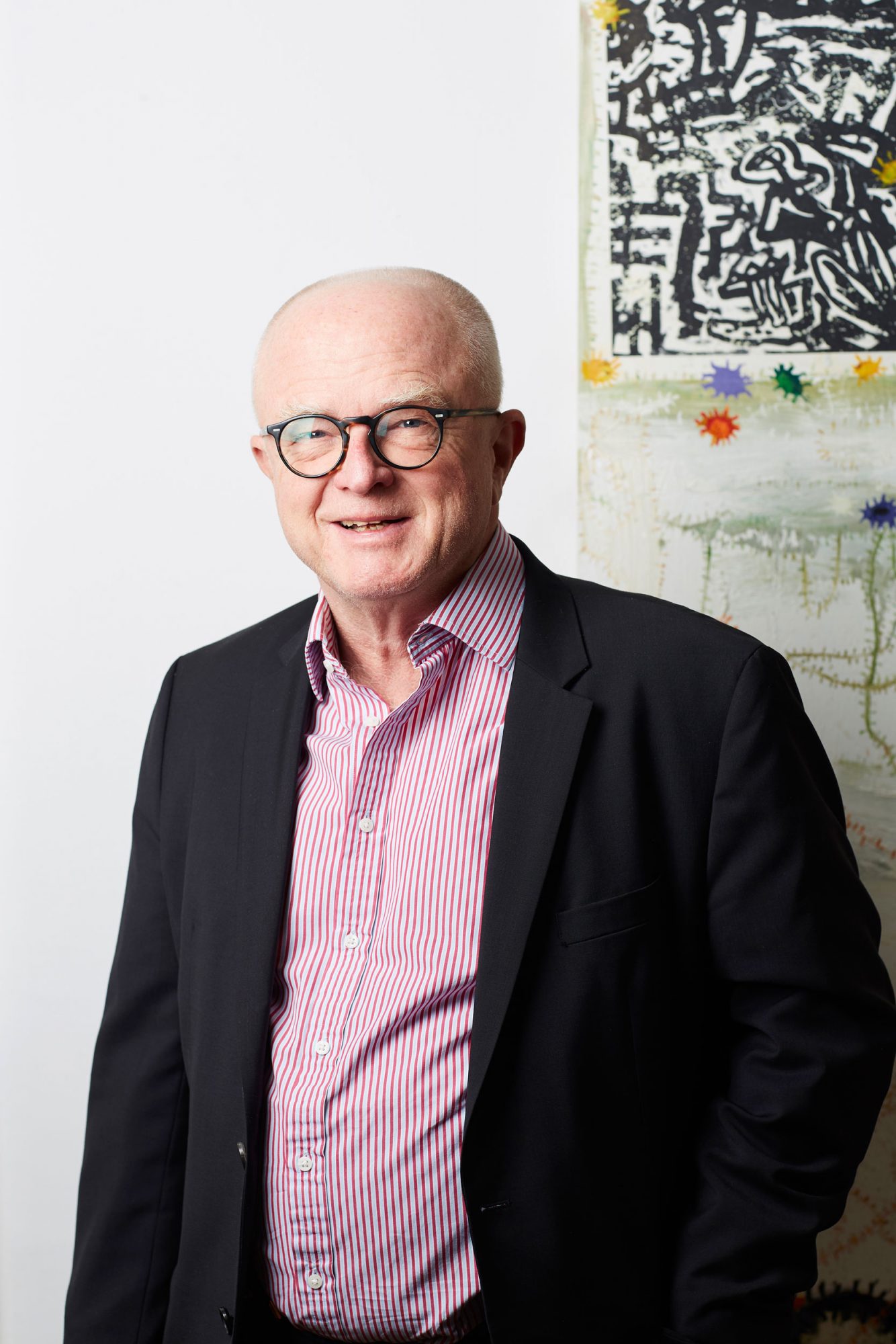
Ernst Hilger, © Katharina Stögmüller
Via the Graben and Stephansplatz you enter the small winding streets behind St. Stephen’s Cathedral and approach one of the most traditional addresses for modern and contemporary art in Austria: Grünangergasse 1. Until his forced emigration by the National Socialists in 1938, Otto Kallir ran the “Neue Galerie” (New Gallery), founded by him in 1923, with works by Egon Schiele, Gustav Klimt, Oskar Kokoschka, Richard Gerstl and Alfred Kubin. From 1945 onwards, Monsignor Otto Mauer endeavoured to promote the Austrian post-war avant-garde and made the “Galerie St. Stephan”, founded there in 1954 and later renamed the “Galerie nächst St. Stephan”, the intellectual home of artists such as Arnulf Rainer, Maria Lassnig, Kiki Kogelnig and Oswald Oberhuber. Oberhuber ran the gallery after Otto Mauer’s death in 1973 until handing it over to Rosemarie Schwarzwälder in 1978. Schwarzwälder quickly stepped out of the shadow of the two men and gave the gallery its own unmistakable face.
“Please write not only about the impressive history of this gallery, but also about the developments it has taken, especially from the mid-1980s to the present.” This request by one of the most deserving women in the Austrian art business, Rosemarie Schwarzwälder, who grew up in Basel (CH) and moved to Vienna in 1970, should be gladly granted. Since 1978 she has been running the gallery NÄCHST ST. STEPHAN with verve and has been the owner of this art space since 1987, which she has made known worldwide through her consistent programming and tireless participation in international fairs. With innovative projects on themes such as “New Sculpture” or “New Geometry”, the gallery has distinguished itself in the international art discourse.
By focusing on abstract, minimalist and conceptual positions, Schwarzwälder broke new ground in the still very grey Vienna of the 1980s: with Ernst Caramelle and Gerwald Rockenschaub, it has had two local Kapazunders in its programme since the beginning, followed by Herbert Brandl and Heinrich Dunst. International greats such as Imi Knoebel, Helmut Federle, Donald Judd and Dan Flavin made her known to the Austrian public, followed a few years later by Katharina Grosse, Adrian Schiess, Karin Sander, Manfred Pernice and Bernard Frize. Younger artists such as Sonia Leimer, Miao Ying, Daniel Knorr and Luisa Kasalicky set powerful accents with current questions on biopolitics and digital media.
Since 2007, the “LOGIN” format has also enlivened Grünangergasse: the always well-staged mini-shows in the Neuberger Hof’s ground-level window gallery arouse the interest of pedestrians to also visit the exhibitions in the spacious gallery rooms on the 2nd floor. The gallery’s recently expanded digital presence in the category of “Viewing Rooms” makes it possible to enjoy looking, discovering and, yes, even buying, also in times of lockdowns.
“Now I have another piece of news for you, which also makes me incredibly happy,” beams Rosemarie Schwarzwälder: “In the beautifully revitalised ‘Kleiner Bischofshof’ in Domgasse 6, in the direct vicinity of Dagmar Chobot and diagonally opposite Mozarthaus, a room has become available on the ground floor that I have had my eye on for some time. This space, which we will open in May with works by the US artist Sheila Hicks, holds completely different possibilities than Grünangergasse, and that is very appealing to me.” We can look forward to seeing what Rosemarie Schwarzwälder comes up with in the future!
schwarzwaelder.at
1010, Grünangergasse 1
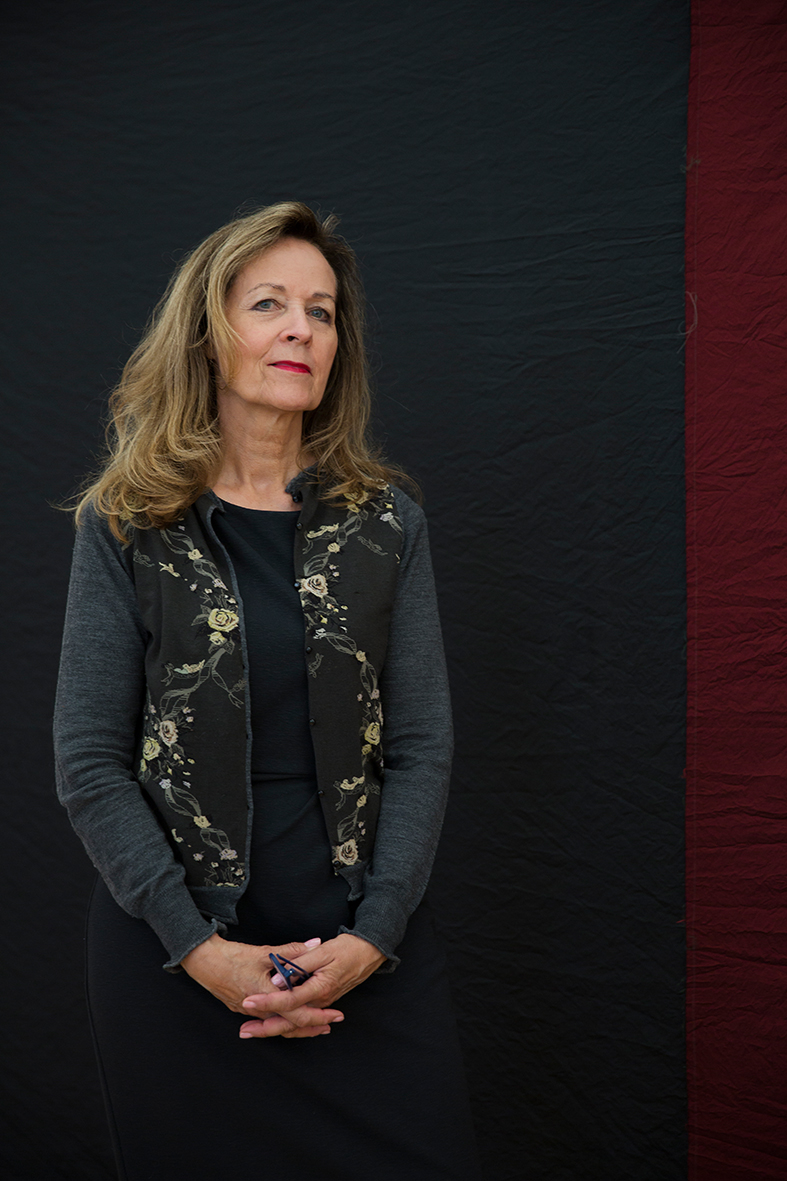
Courtesy Galerie nächst St. Stephan Rosemarie Schwarzwälder. Foto: Julian Mullen
The way to Franz-Josefs-Kai 3, where Galerie ZELLER VAN ALMSICK is located, zigzags along Schulerstraße, Riemergasse and Wollzeile, either through Postgasse – past the eponymous “Alte Post” – or along Dominikanerbastei, Otto Wagner’s “Österreichische Postsparkasse”, an architectural jewel of Viennese modernism. Fortunately, the famous monument has been used since 2020 as a “science campus” by the University of Applied Arts, the Linz University of Art and the Academy of Sciences and not, as feared, converted into another inner-city luxury property. Arriving at the quay, the Wilhelminian style building Franz-Josefs-Kai 3 catches the eye because, according to gallery owner Cornelis van Almsick, it is one of the very few that survived the bombing at the end of the Second World War.
“We are very happy to be located here. Together with the Danube embankment below the quay, it is an area that has not yet completely redefined itself and is therefore a good fit for us. In addition, as a freelance curator I had often worked with BAWAG Contemporary, which rented the ground floor until 2013, and so it made sense for me to found our gallery with Magdalena Zeller in 2017 in this beautiful former residential and office building of the Schwadron brothers.”
Adapted by the Viennese architecture firm “propeller z” in 2010 into a showroom for contemporary art, one can admire the original ceiling design with colourfully glazed “Schwadron tiles” in the street-facing sales room of the building, which was erected in 1904 for the Schwadron construction and ceramics company. In addition, the contemporary ceramic mural “neither in motion nor at rest” by Sonia Leimer in the entrance area reminds visitors of the fate of the Jewish entrepreneurial family that was forced to emigrate. One should climb the 3rd floor on foot to the ZELLER VAN ALMSICK gallery, as the staircase leads past tiled furnishing details and richly decorated Gründerzeit flat portals.
At the top of the staircase, where the gallery owners Magdalena Zeller and Cornelis van Almsick, who were originally trained as architects and are active in the field of art in many different ways, await us not only with fantastic views of the lively Danube Canal, the chic Leopoldstadt and Wagner’s Postsparkasse, but above all with carefully curated insights into the high artistic quality of young artists, most of them “living and working in Austria”, conveyed personally by the two owners. These are positions that, following the gallery’s programme, can be subsumed under spatial explorations with a focus on painting and its expanded aspects, such as Edin Zenun, Charlotte Klobassa, Jonny Niesche, Kay Walkowiak or Strabag Kunstforum recognition award winner 2021 Sophie Gogl.
“Magdalena and I had already gained curatorial experience before we founded the gallery, but then we were still nomadic. As a duo of architects, you know where a great place is vacant at the moment, and we took advantage of that with an increasingly large and interesting circle of artists. At some point, however, you want to offer more stability to those you want to continue to work for, and so the step taken in 2017 to open our own premises was only logical,” says Cornelis van Almsick, a Berlin-born passionate elective Viennese. ZELLER VAN ALMSICK sees itself as a companion for the careers of “its” artists, as a “buffer” between them, the circle of collectors and the demanding art market.
zellervanalmsick.com
1010, Franz-Josefs-Kai 3
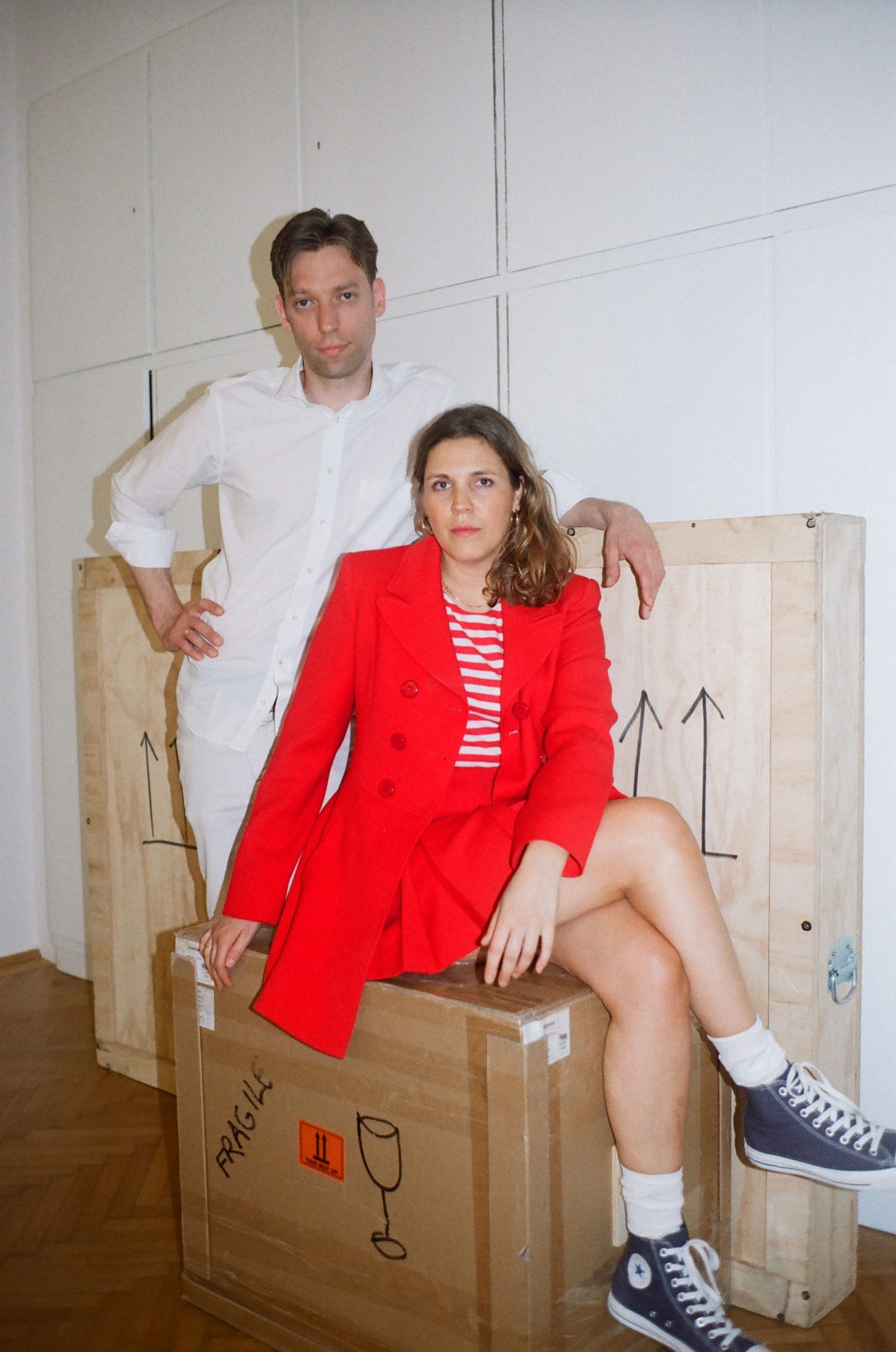
Magdalena Zeller, Cornelis van Almsick. Photo: Christian Guzy, 2017
Back at the quay, we leave the 1st district and cross the Danube Canal via Schwedenbrücke into Vienna’s 2nd district, Leopoldstadt. Immediately after the Hotel SO/Vienna, designed by Jean Nouvel and artistically decorated by Pipilotti Rist, we branch off into the further course of the approximately 1 km long Praterstrasse – a Wilhelminian boulevard with Parisian flair, today an important arterial road that connects the Old Town with the Praterstern and the popular recreational area of the Viennese, the Prater. The PROJEKTRAUM VIKTOR BUCHER is located at the traffic-calmed, fashionable beginning of Praterstrasse, which is lined with exquisite fashion shops and popular restaurants. In an elongated apartment building complex designed by architect Viktor Rumpelmayer between 1874 and 1876, the “Lloyd-Hof”, the gallery is accessible via the glass-roofed former shopping arcade and staircase I in its column-flanked central section at number 13.
“In this way, my programmatic objectives are more in keeping with Pop’s promise that “art is more of an experience than a collector’s item, that it should not be the furniture of the cultural reserve museum, but should unfold its transformative power in the world” “. Viktor Bucher welcomes visitors to a spacious flat in an old building at Lloyd-Hof. Crossing the exhibition rooms currently featuring interventions by Mikhail Mikhailov, he leads the way into his office, which is literally overflowing with works by the artists he represents. The atmosphere is pleasantly unagitated, more reminiscent of an “off-space” than an inner-city gallery – which is exactly what the owner wanted. The studied publicist and art historian runs his project space as a lively and versatile place, open to the most diverse forms of artistic expression at a high level.
“From the very beginning, I consciously decided to call it a “project space” rather than a “gallery”, as this gives me more leeway in selecting the artists. The selection follows, as far as possible, prima vista non-commercial guidelines – because that would exclude a large area of extremely exciting positions and practices such as installation or performative approaches,” explains Bucher, who sees himself as a “talent scout” in the Austrian art landscape, but also beyond it. For more than 20 years, starting in 1998 at Praterstraße 13, he has endeavoured to filter out outstanding artistic achievements from the abundance on offer and to anchor them in the international context through participation in fairs, exhibitions and collections – as happened, for example, with Julie Hayward, Marlene Hausegger, Canan Dagdelen, Alfredo Barsuglia, Aldo Giannotti, Michael Schrattenthaler, Hadrien Dussoix or the artist Mikhail Mikhailov mentioned at the beginning.
What role would digitalisation play in his art mediating activities? There is no doubt that social media, the internet and digitalisation would increase the presence of art, but there would be nothing better for a work than to communicate it to the public in the real space of the gallery, especially if it primarily concerned works that are not (yet) relevant to the market. Art as an experience and a changing force…
projektraum.at
1020, Praterstraße 13/1/2

Viktor Bucher © Martin-Stöbich
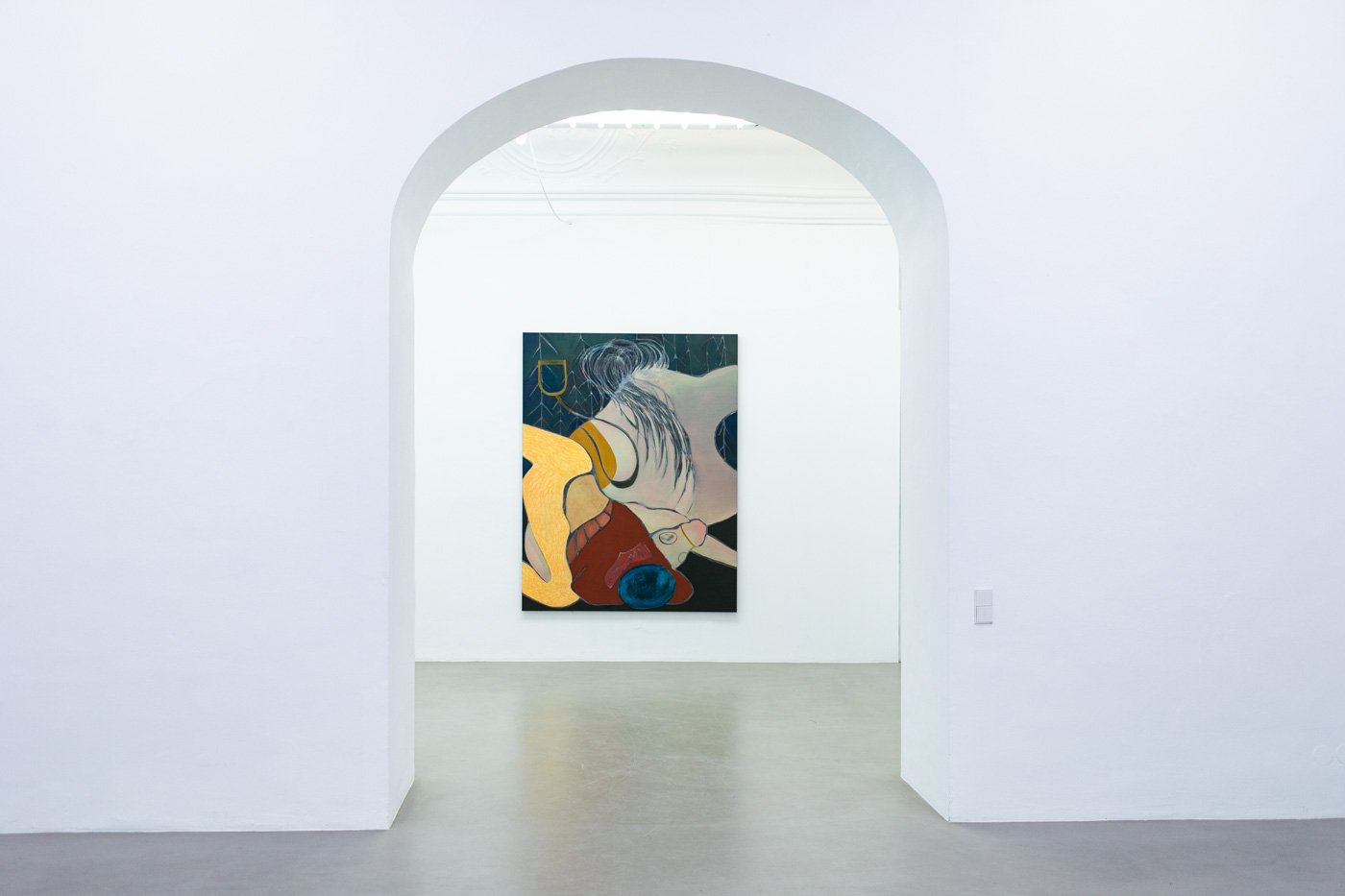
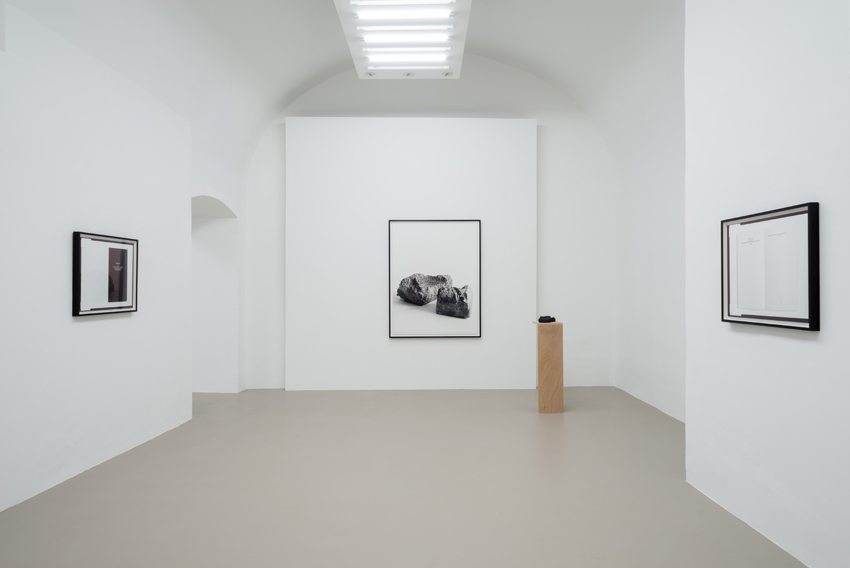
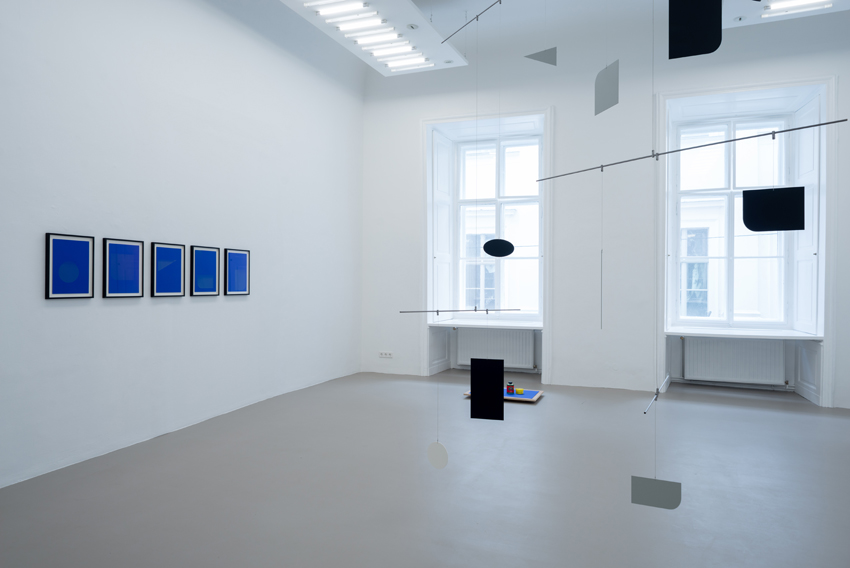
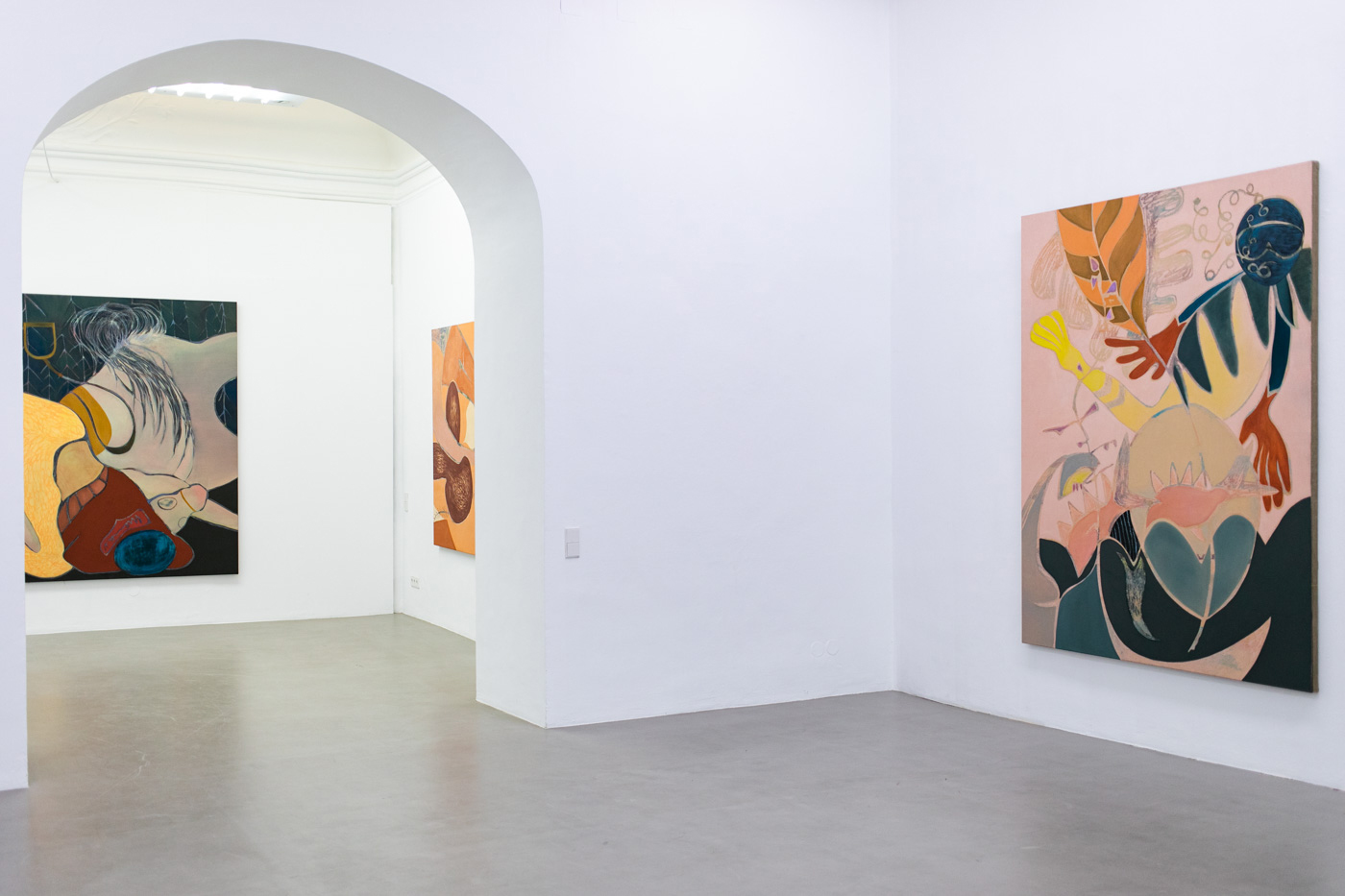


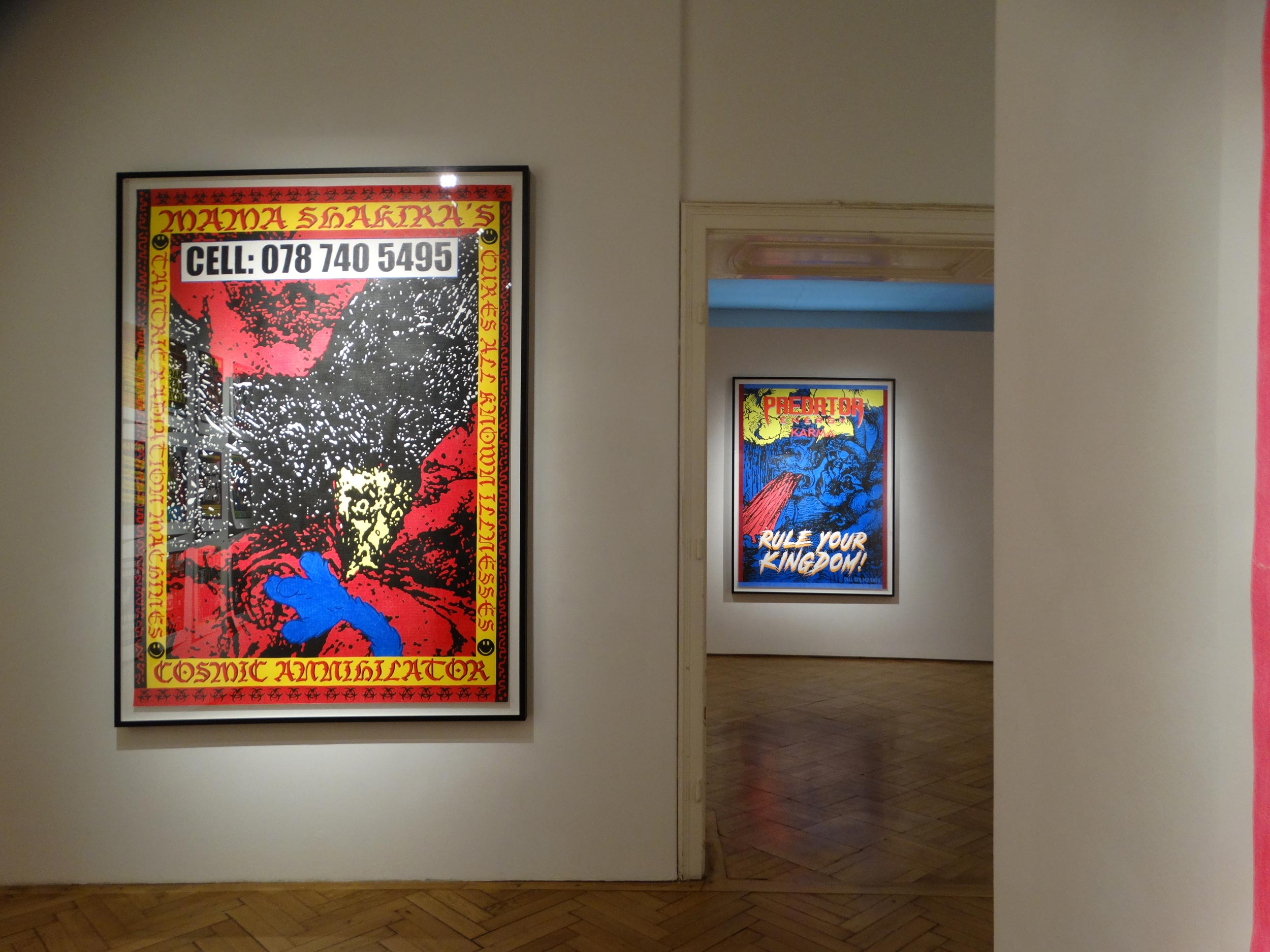
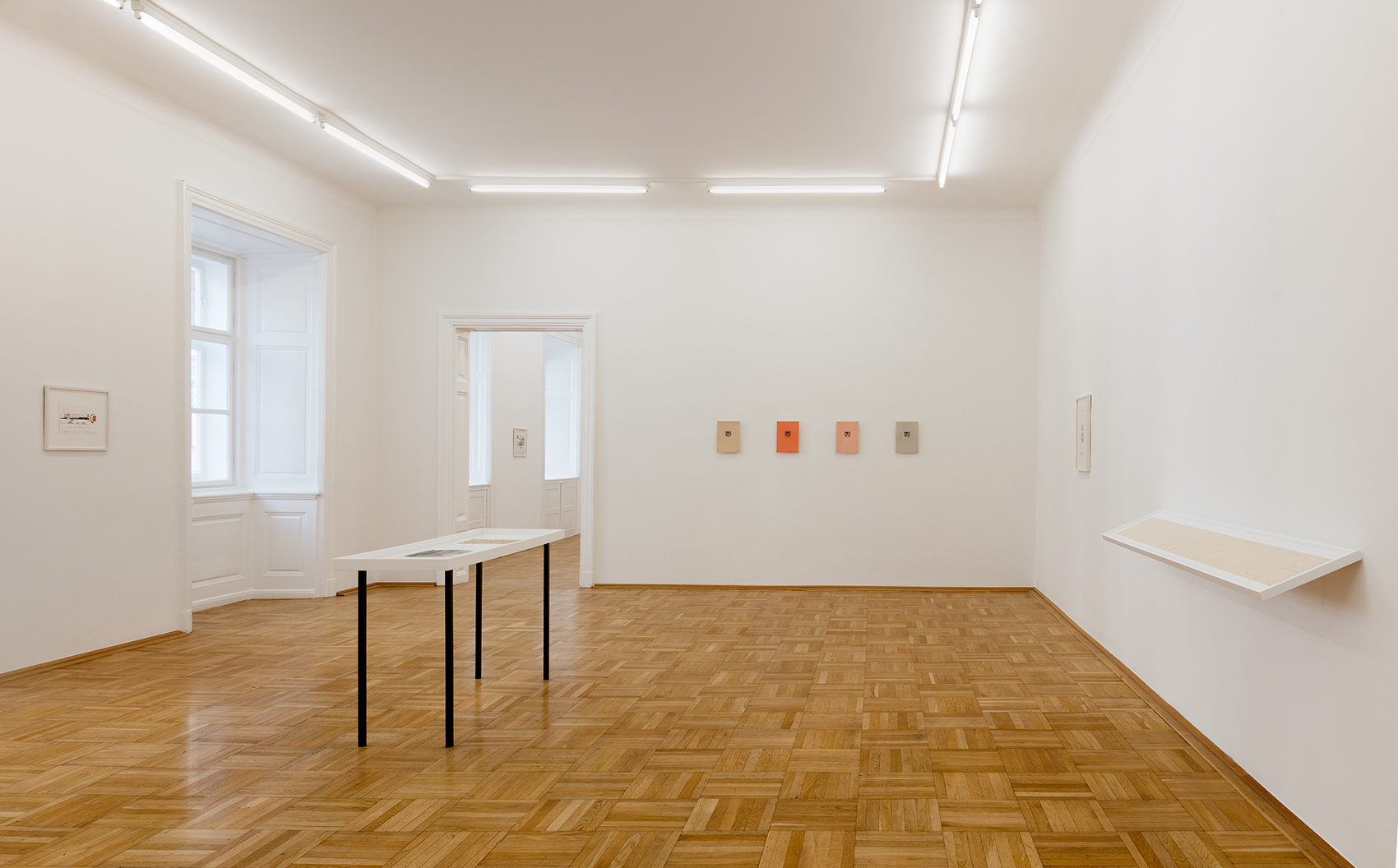
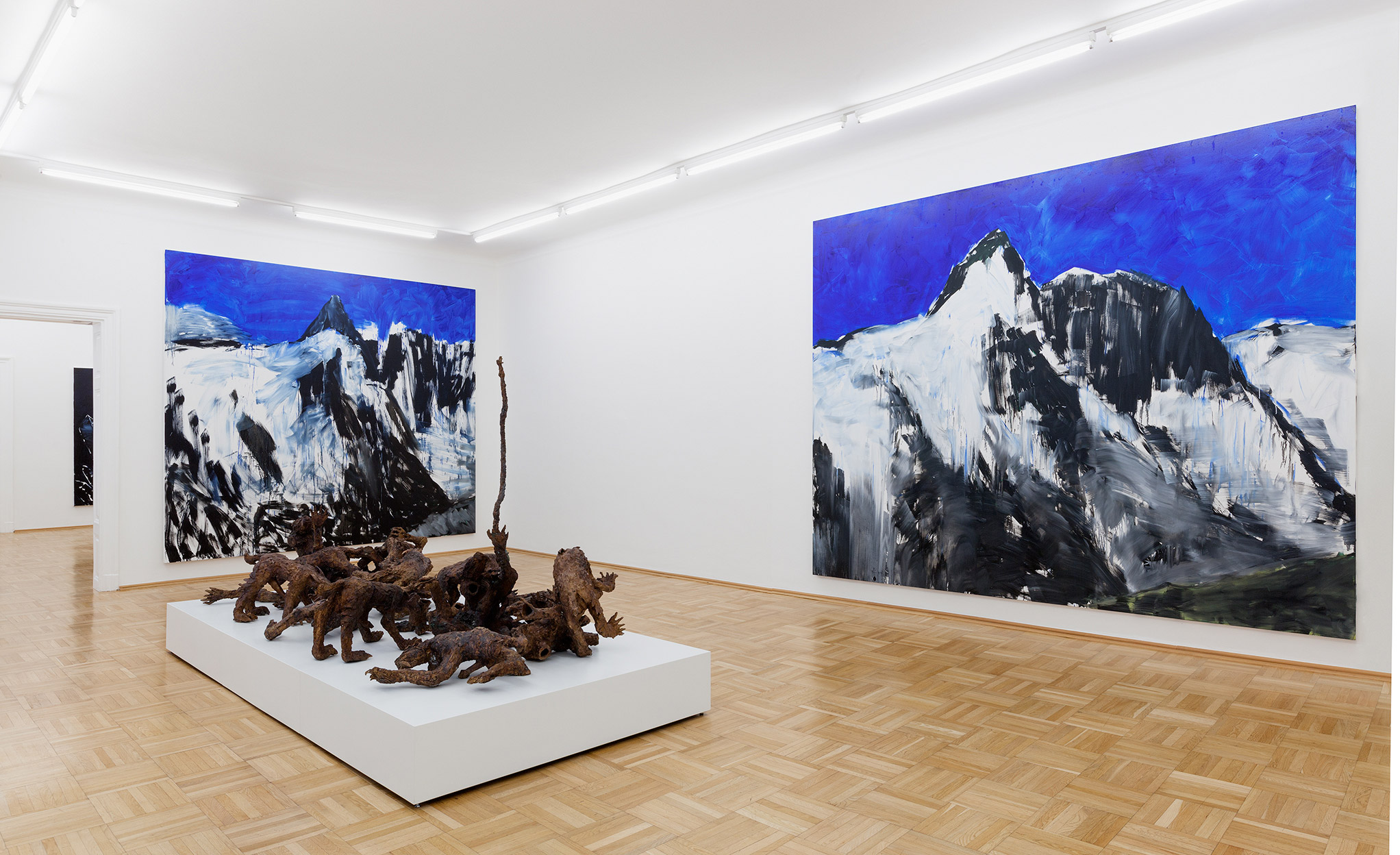
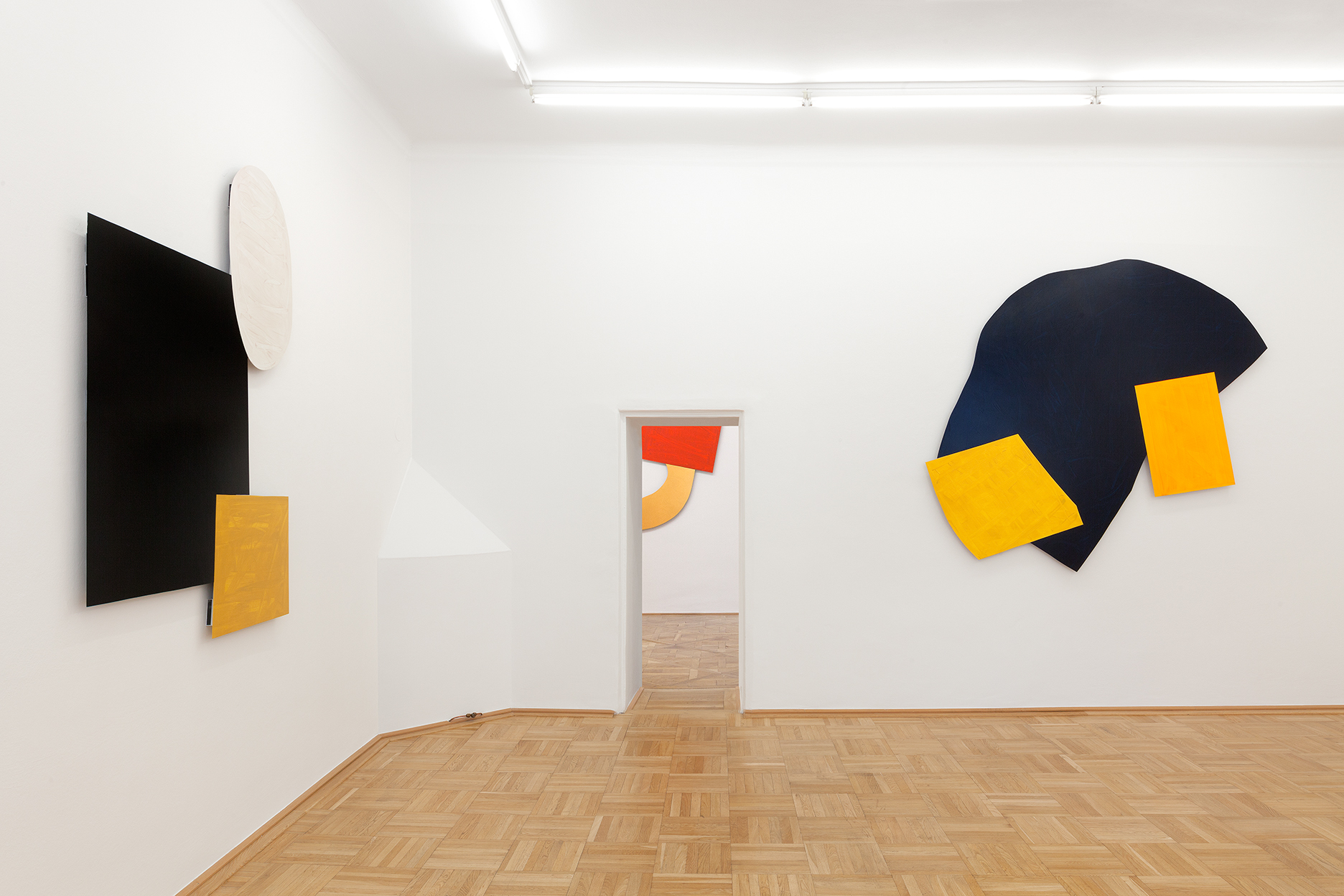
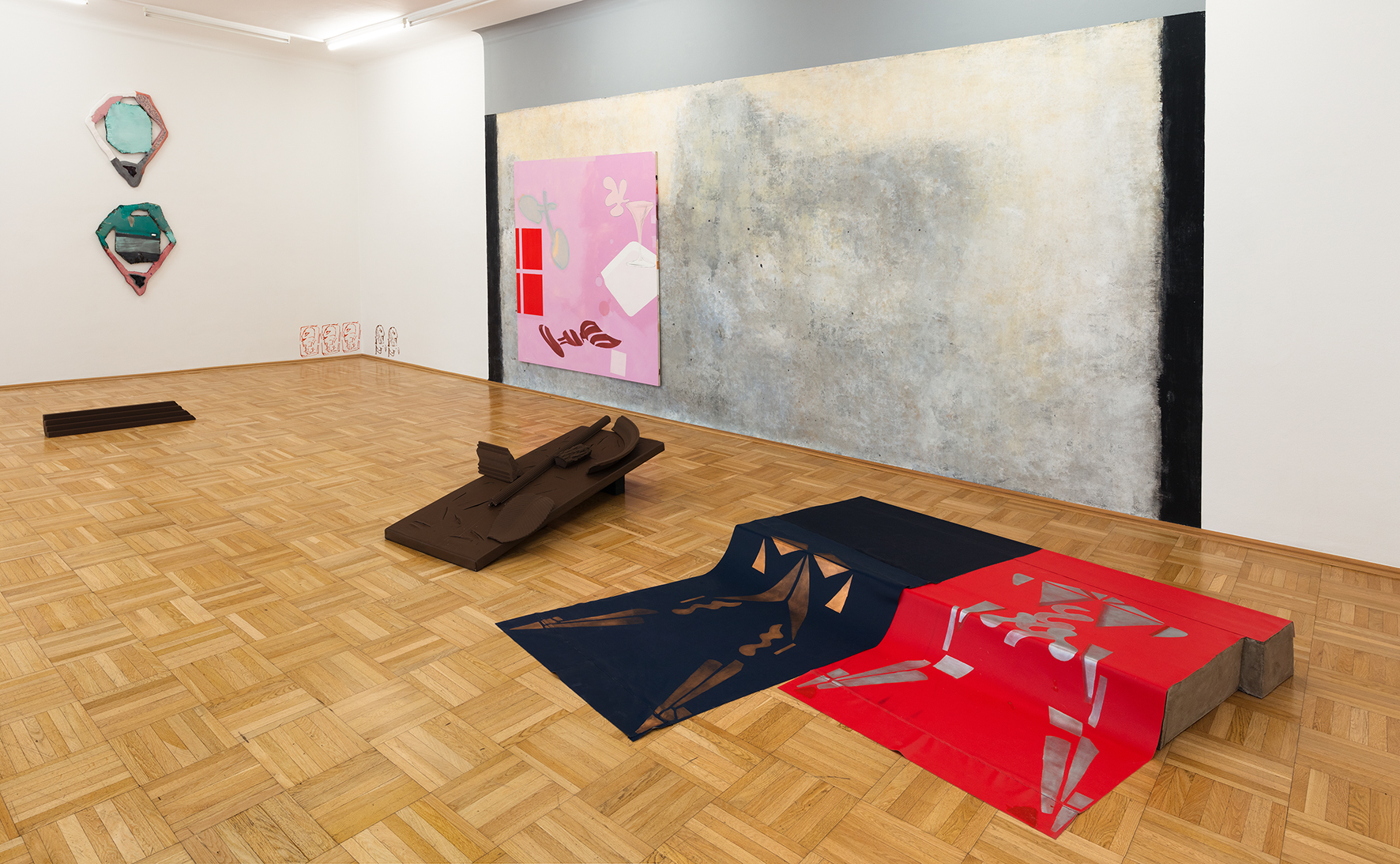
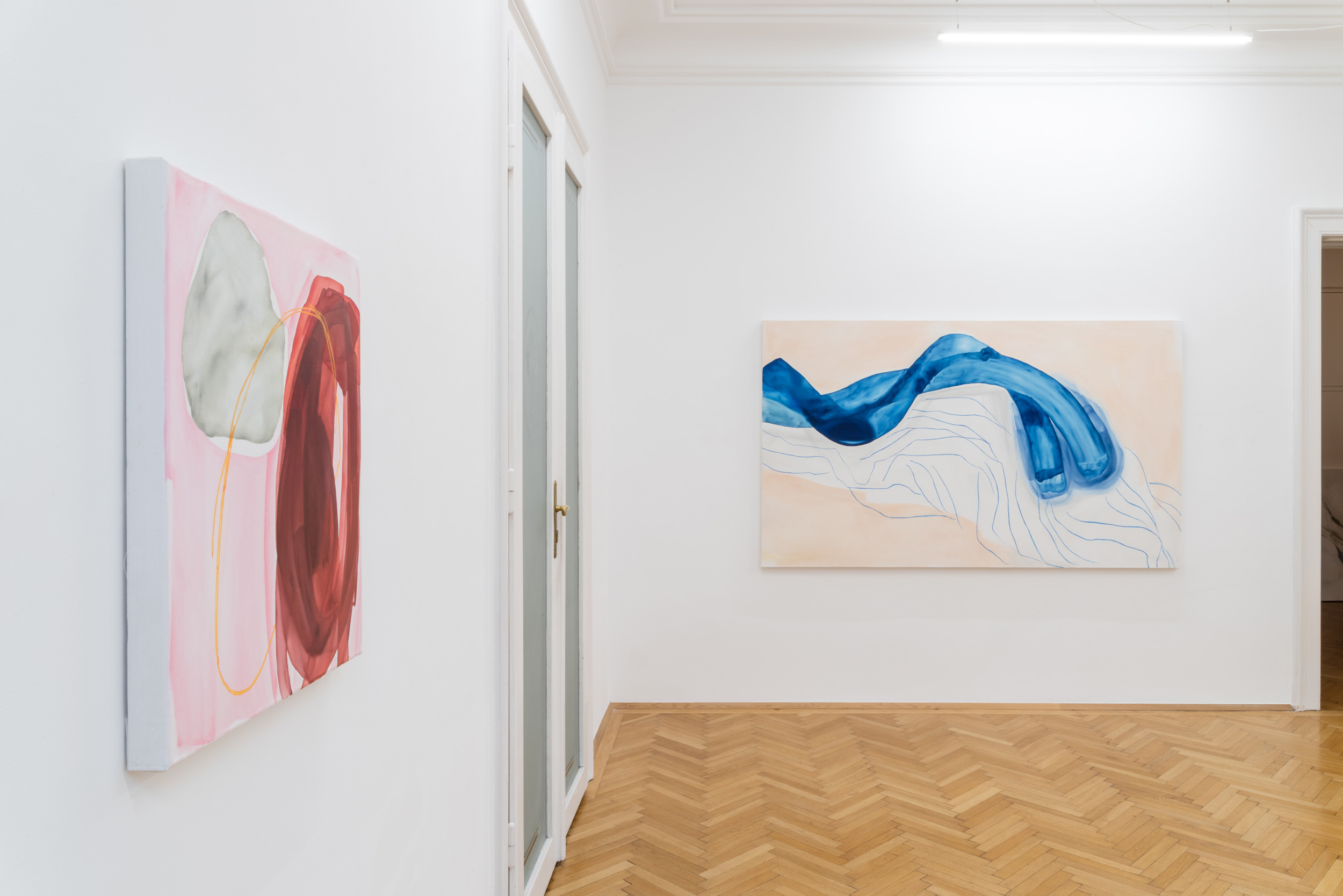
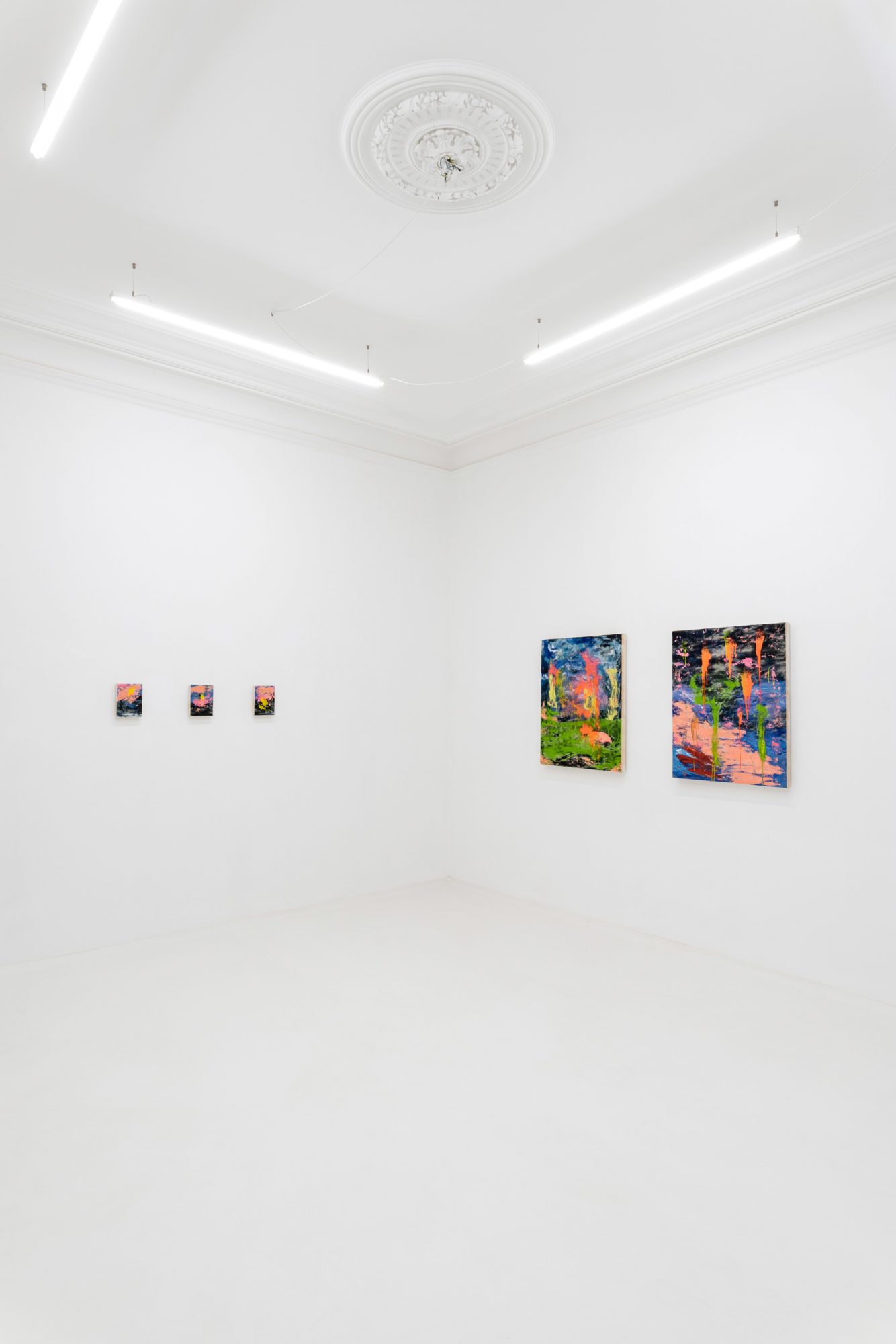
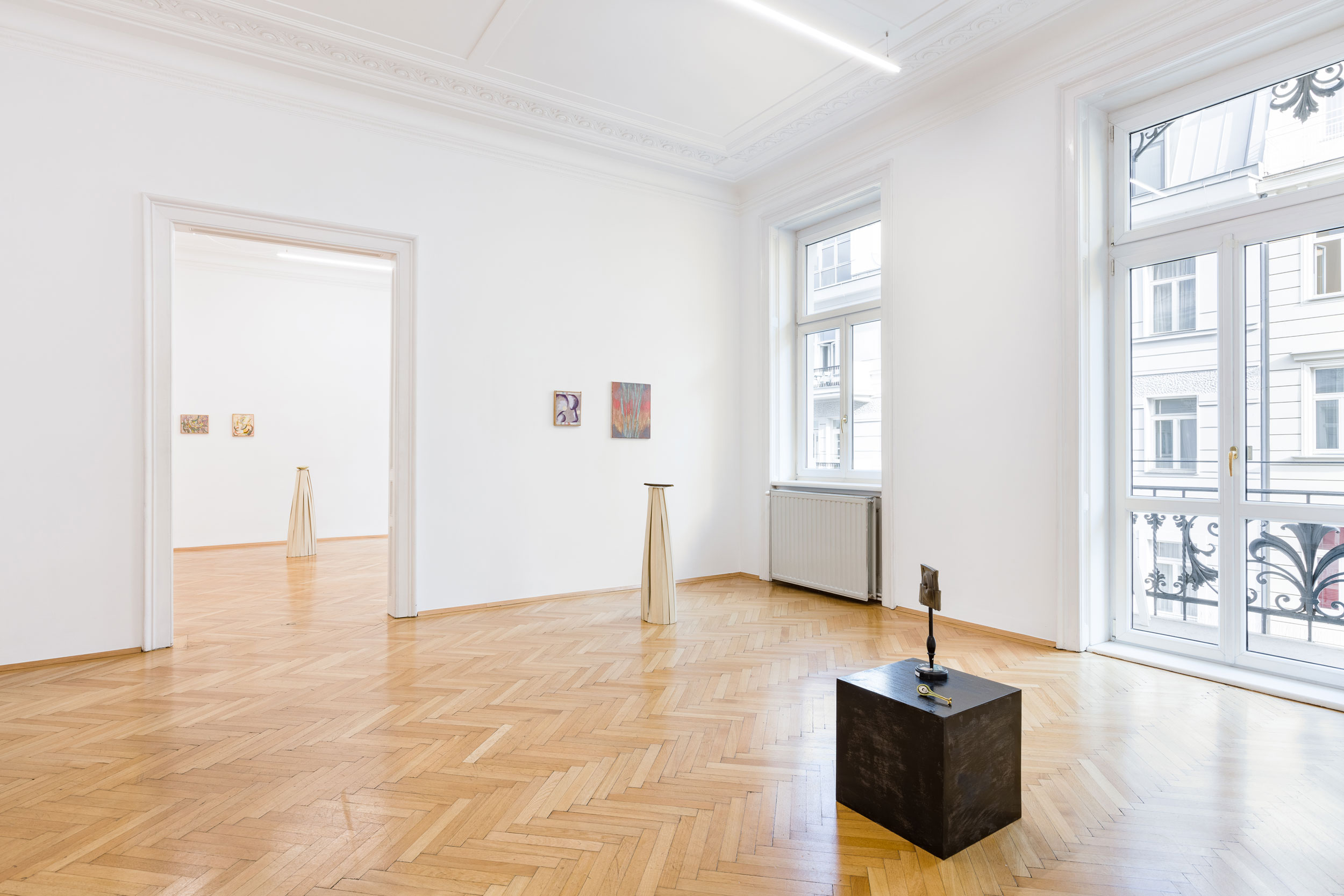
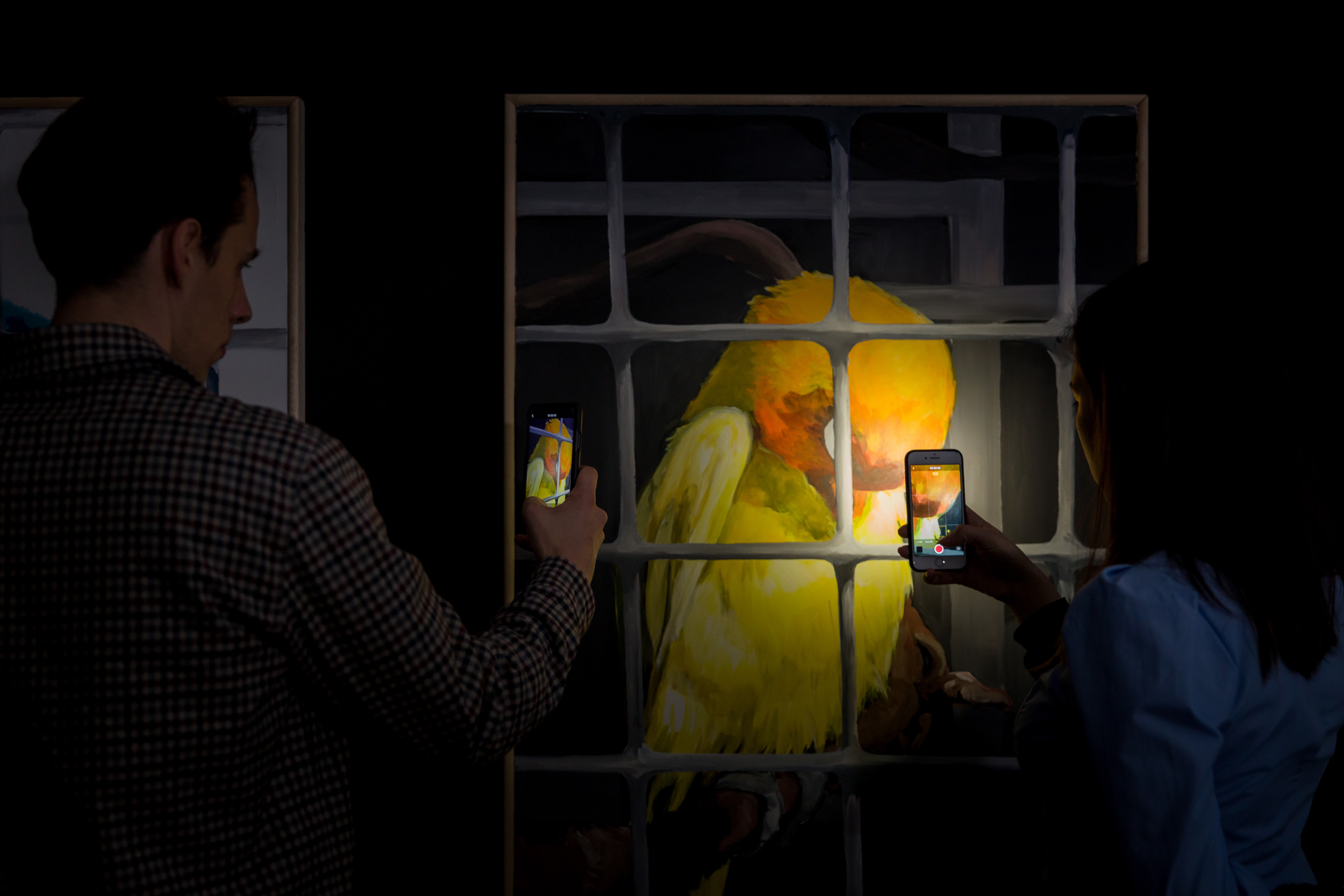
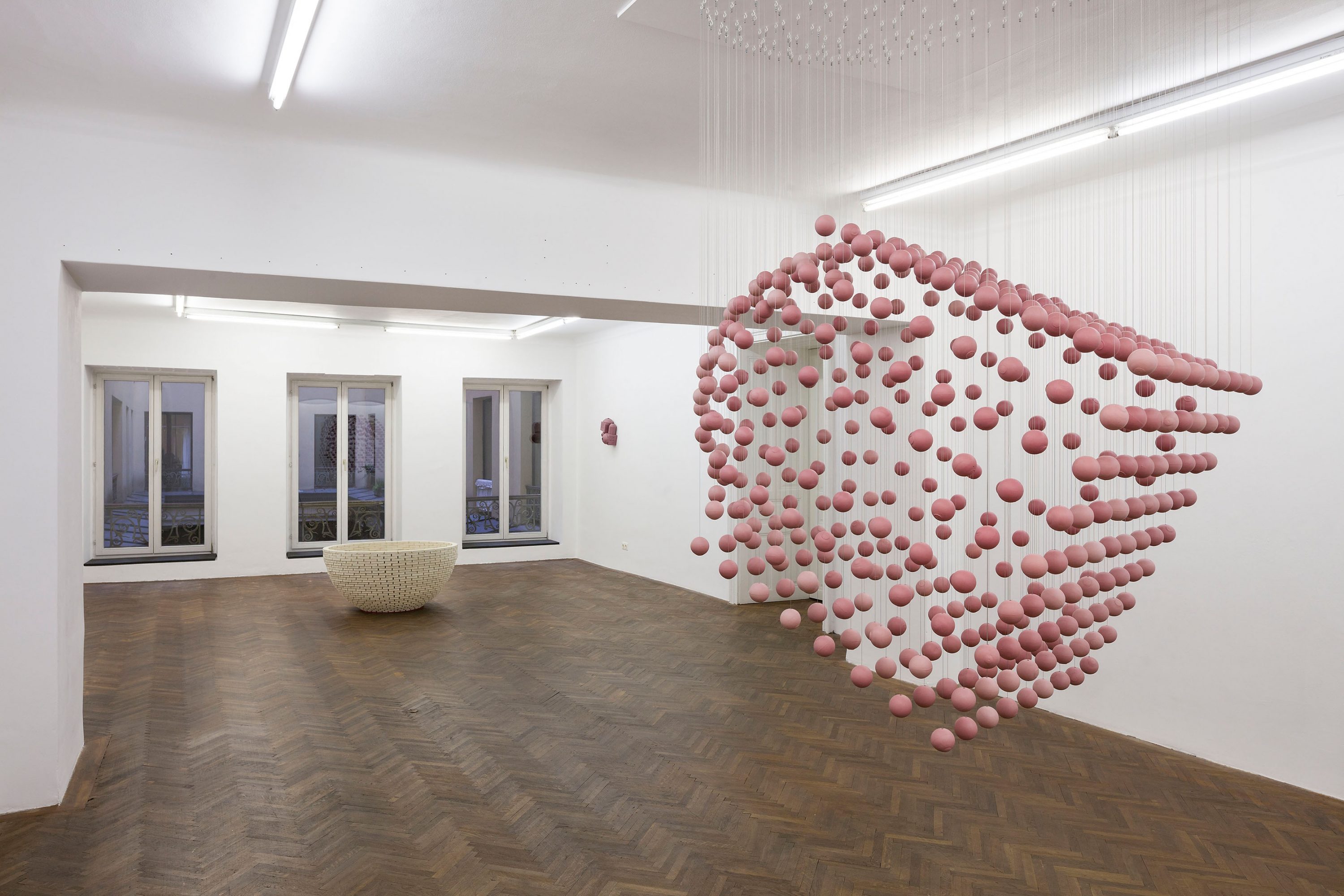
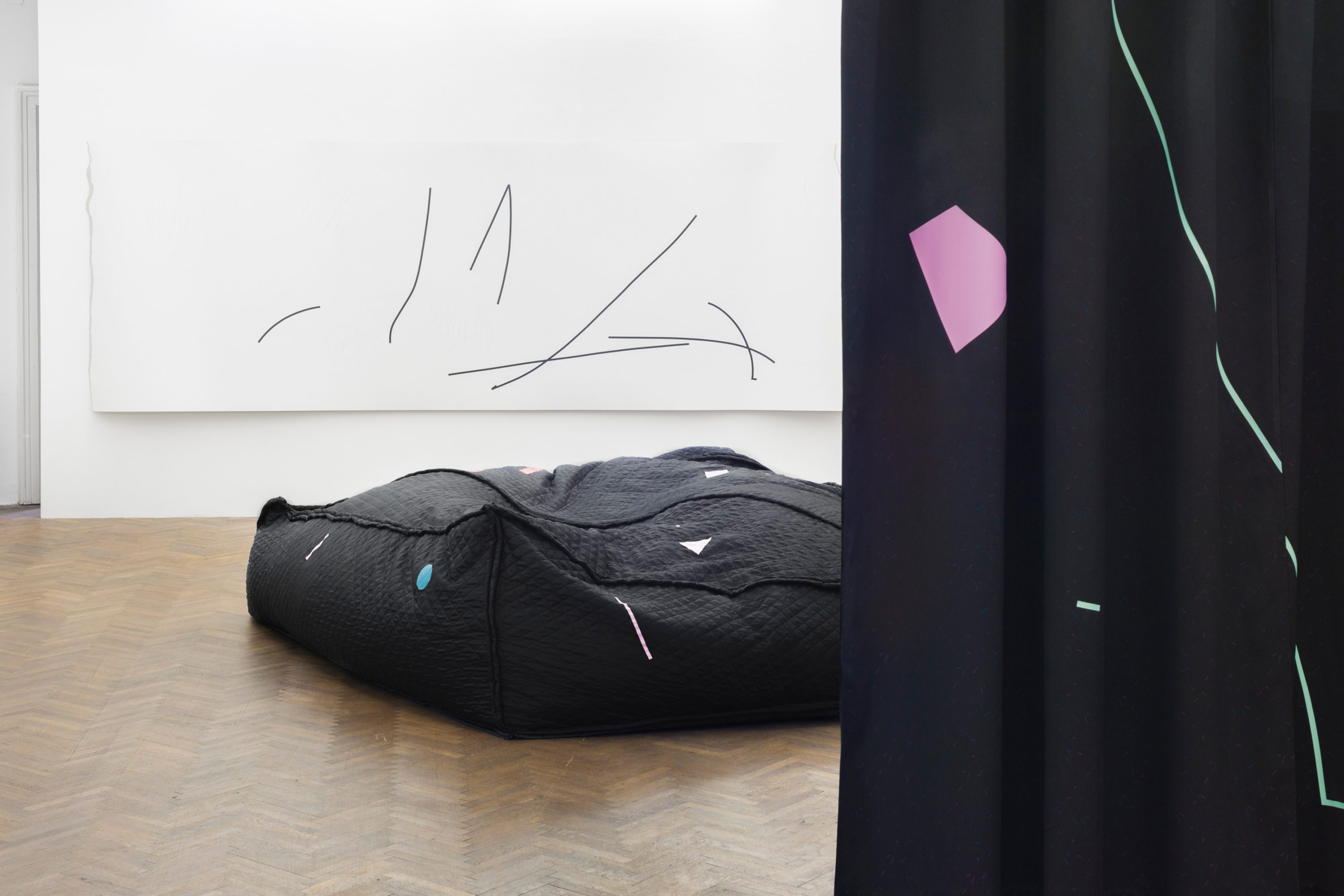
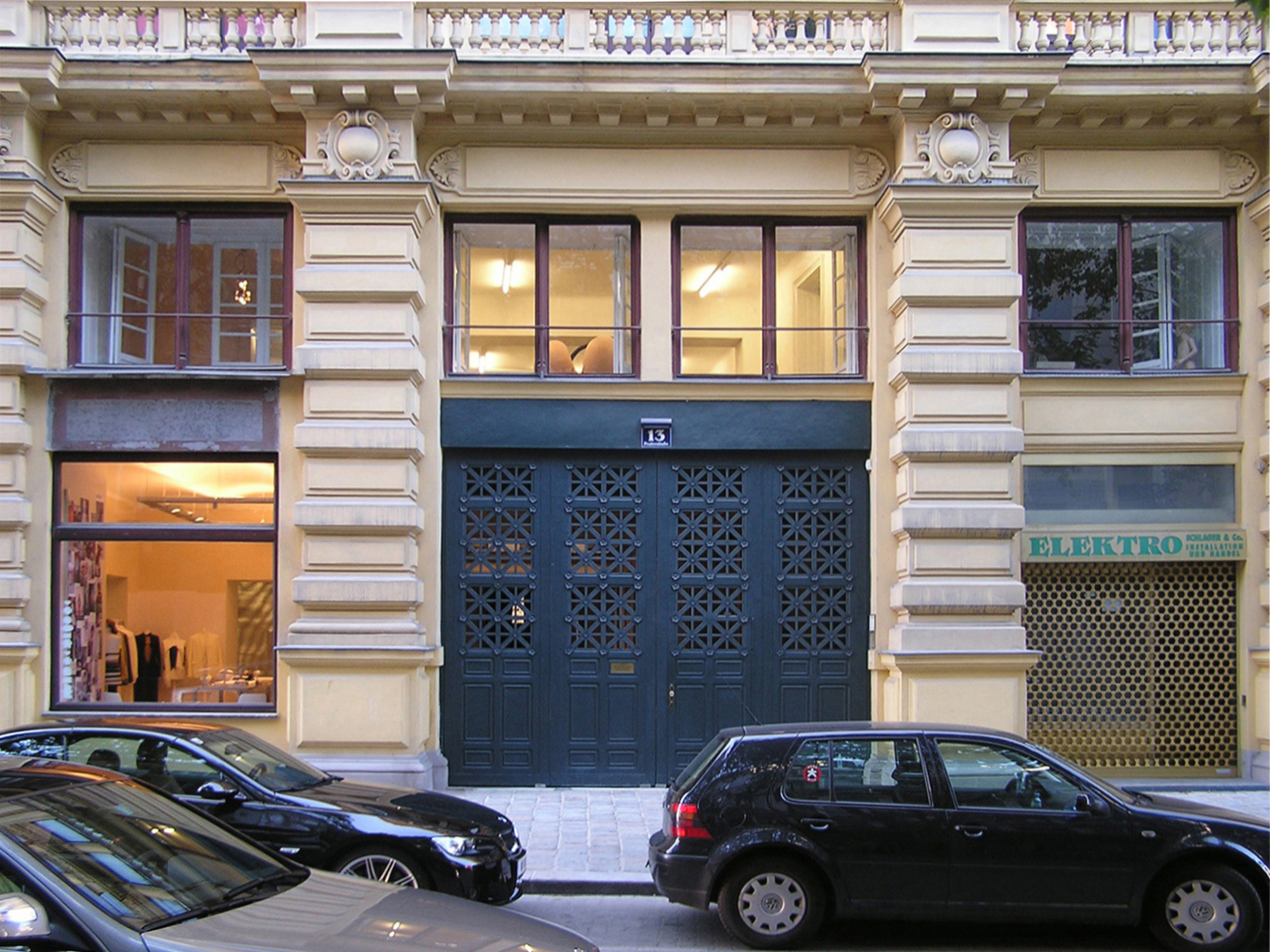
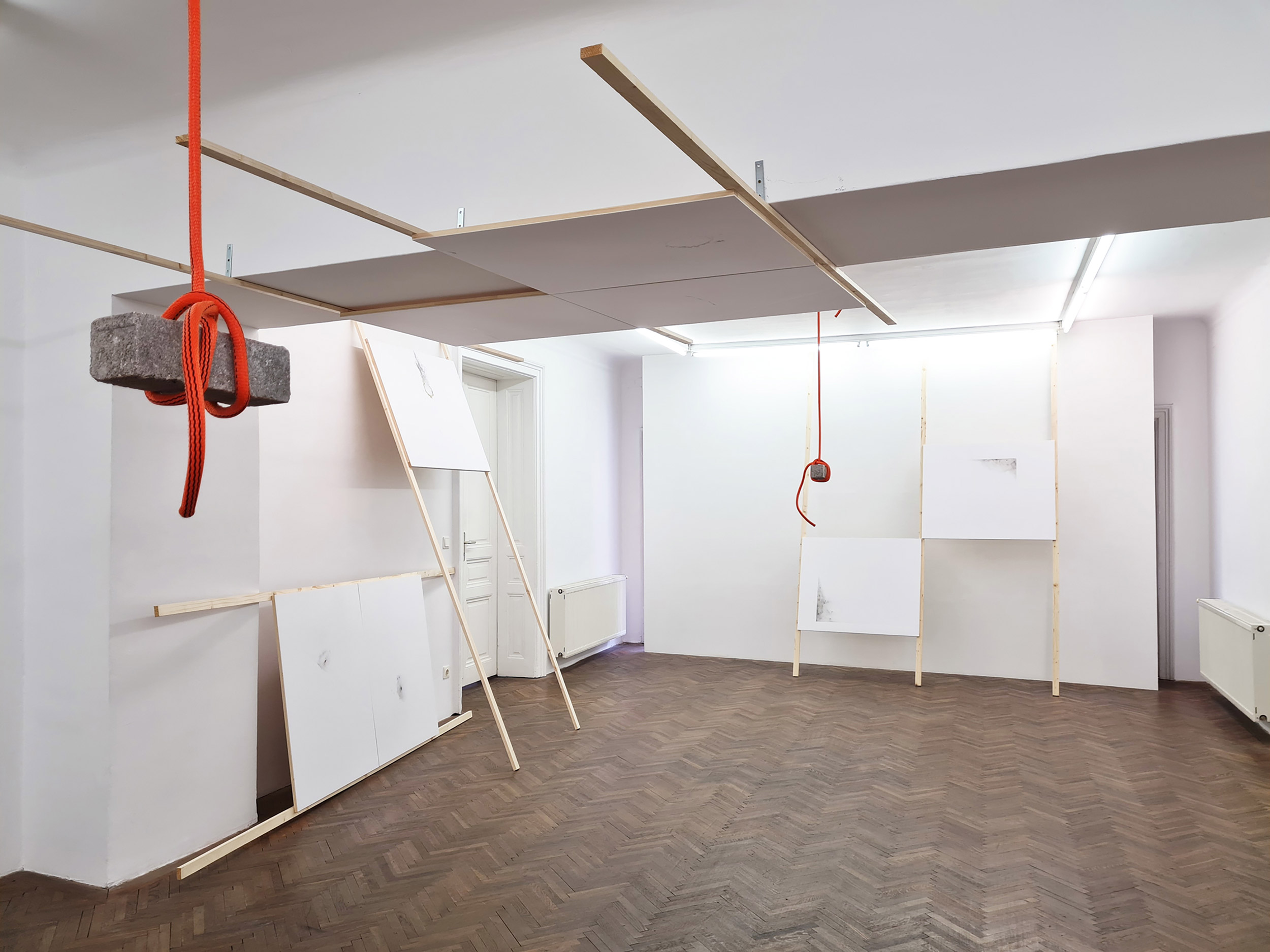
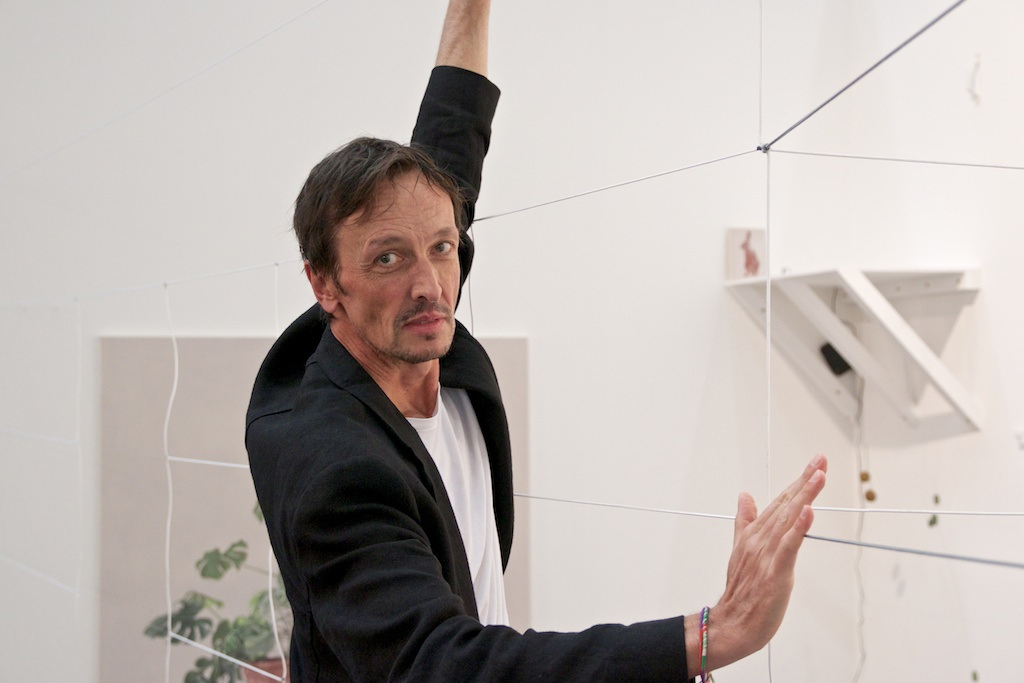
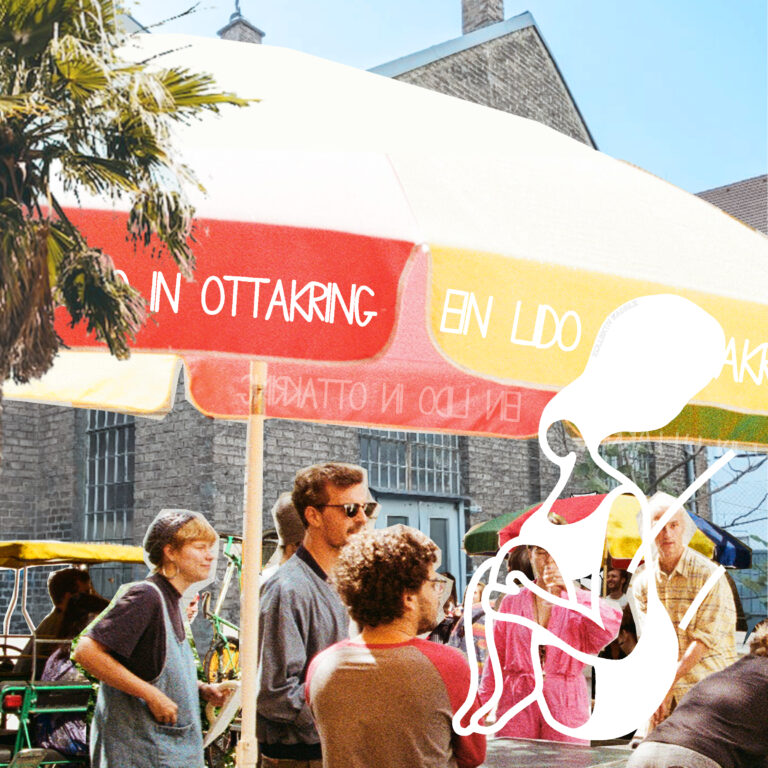
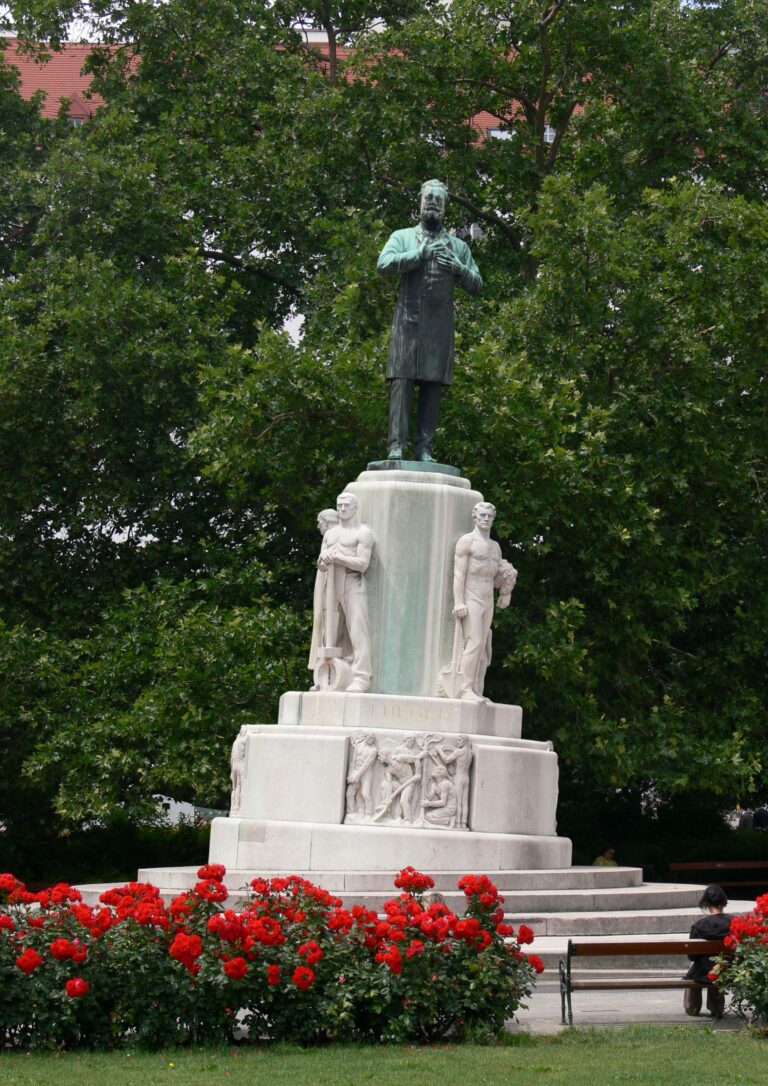
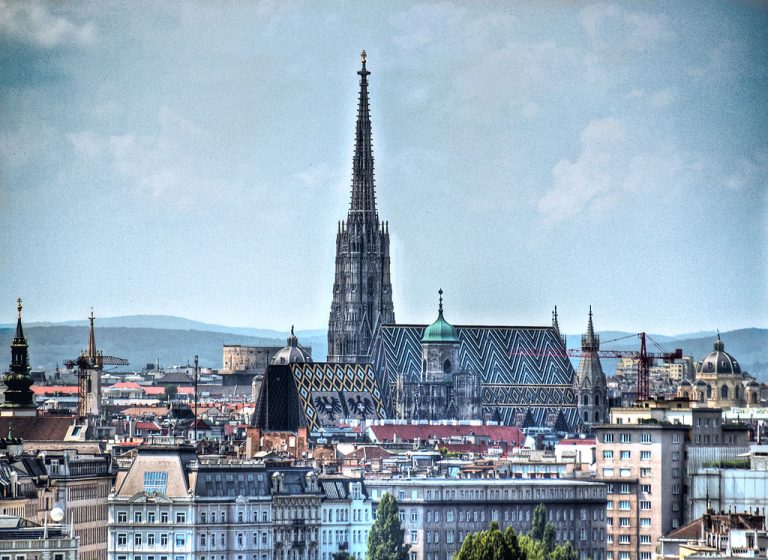
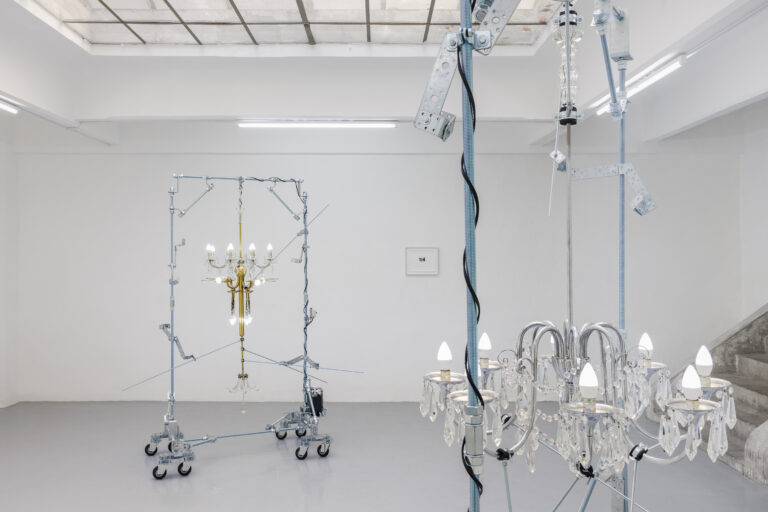
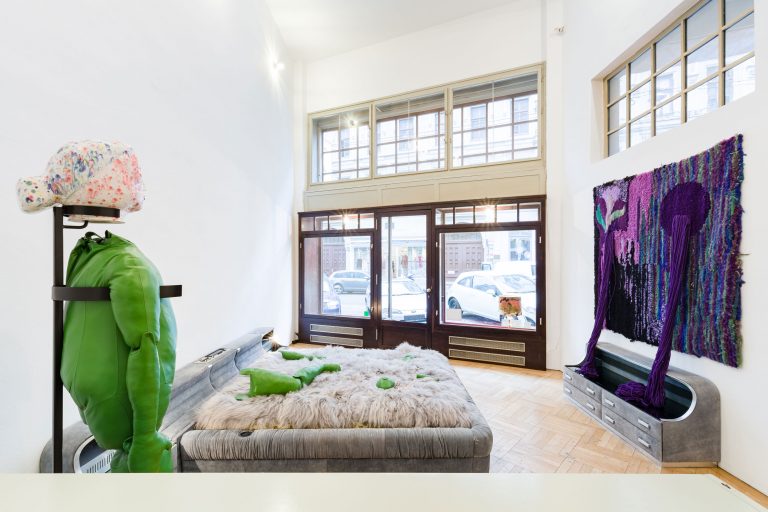
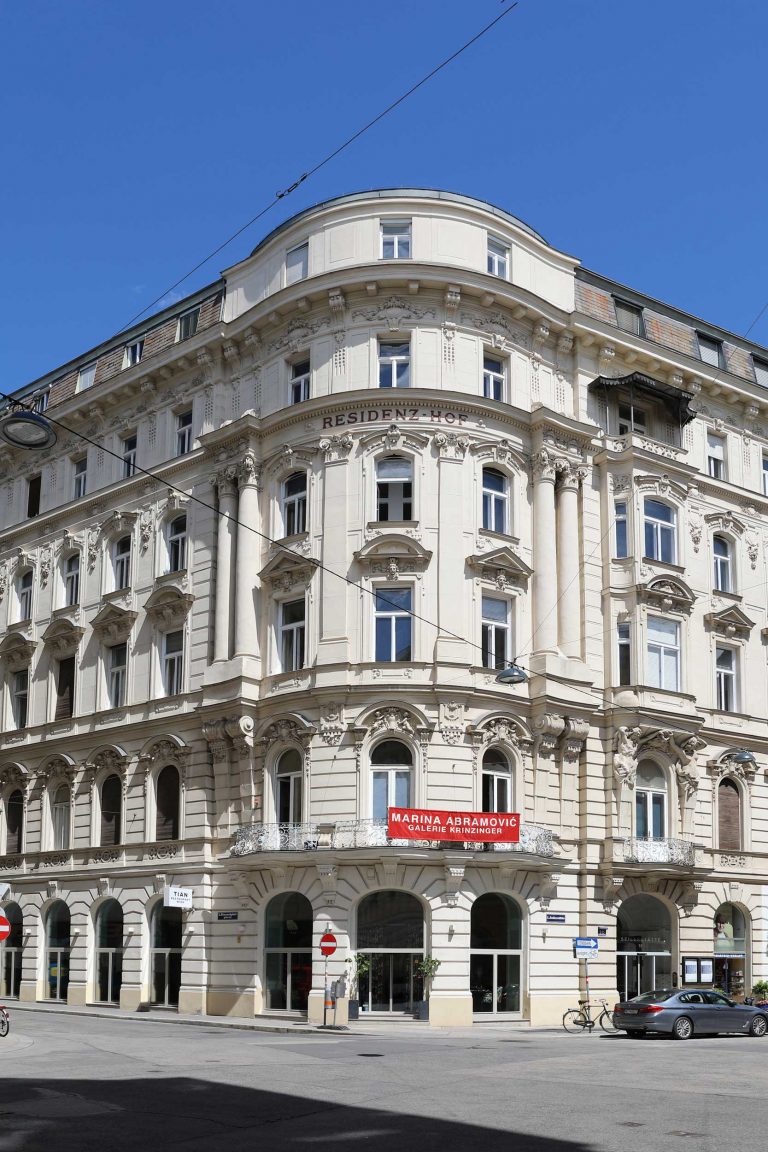
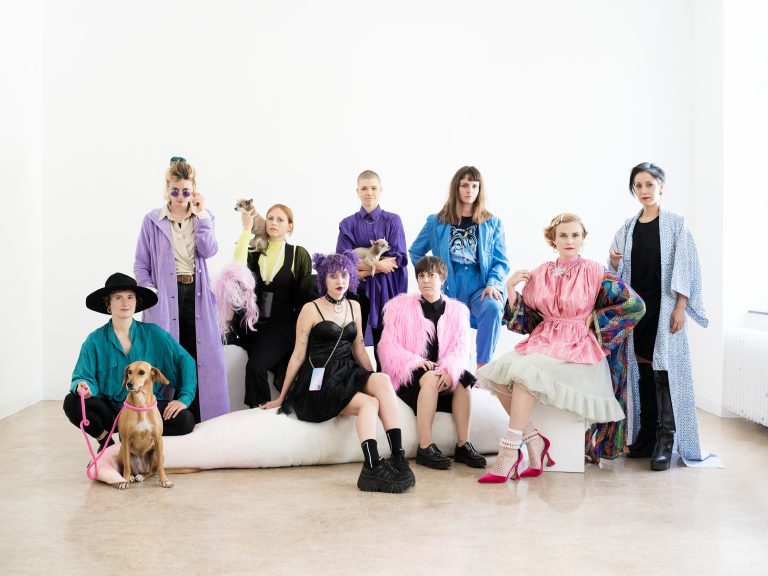
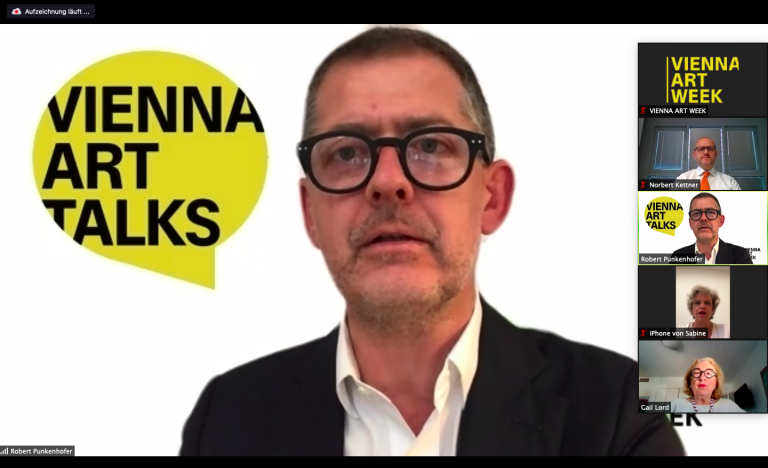

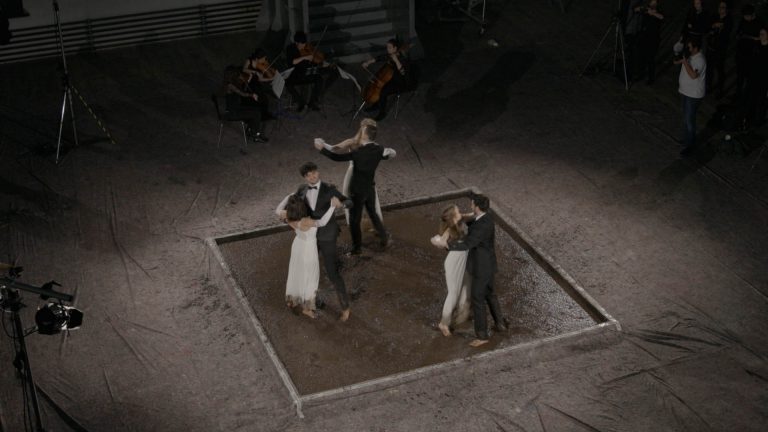
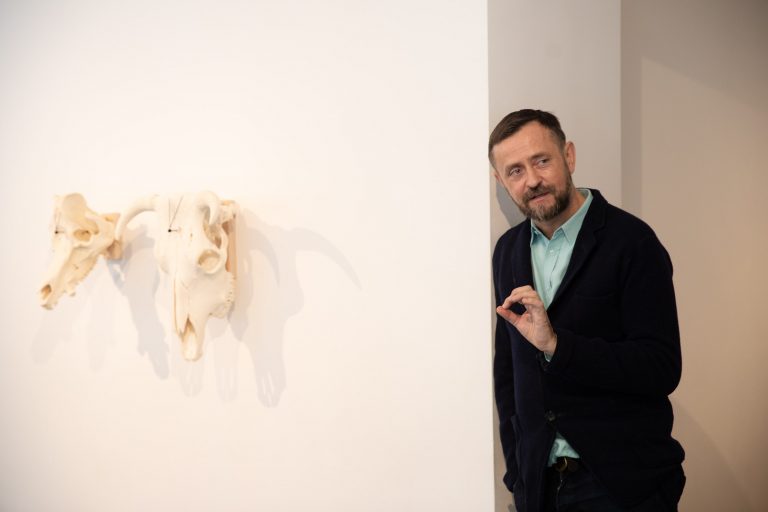
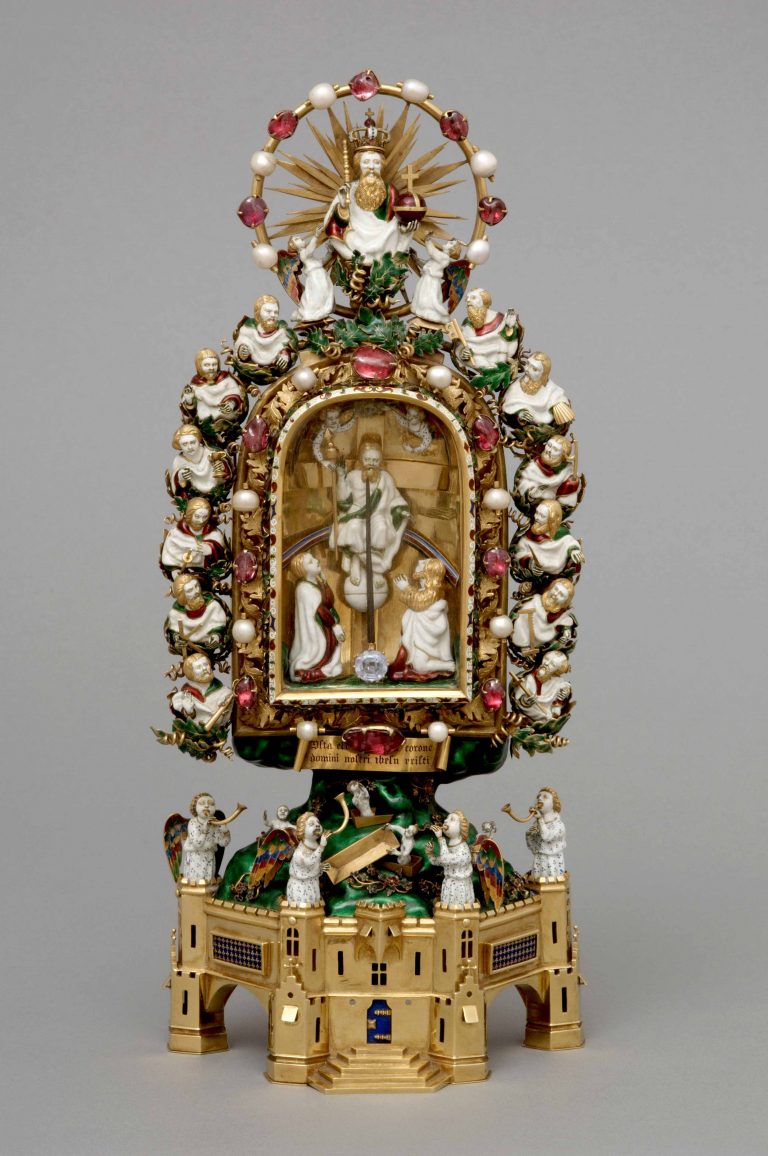
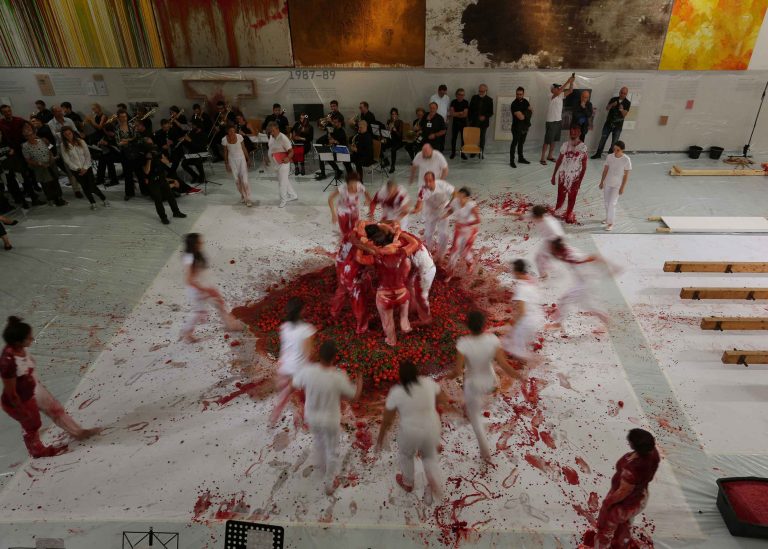
 and then
and then